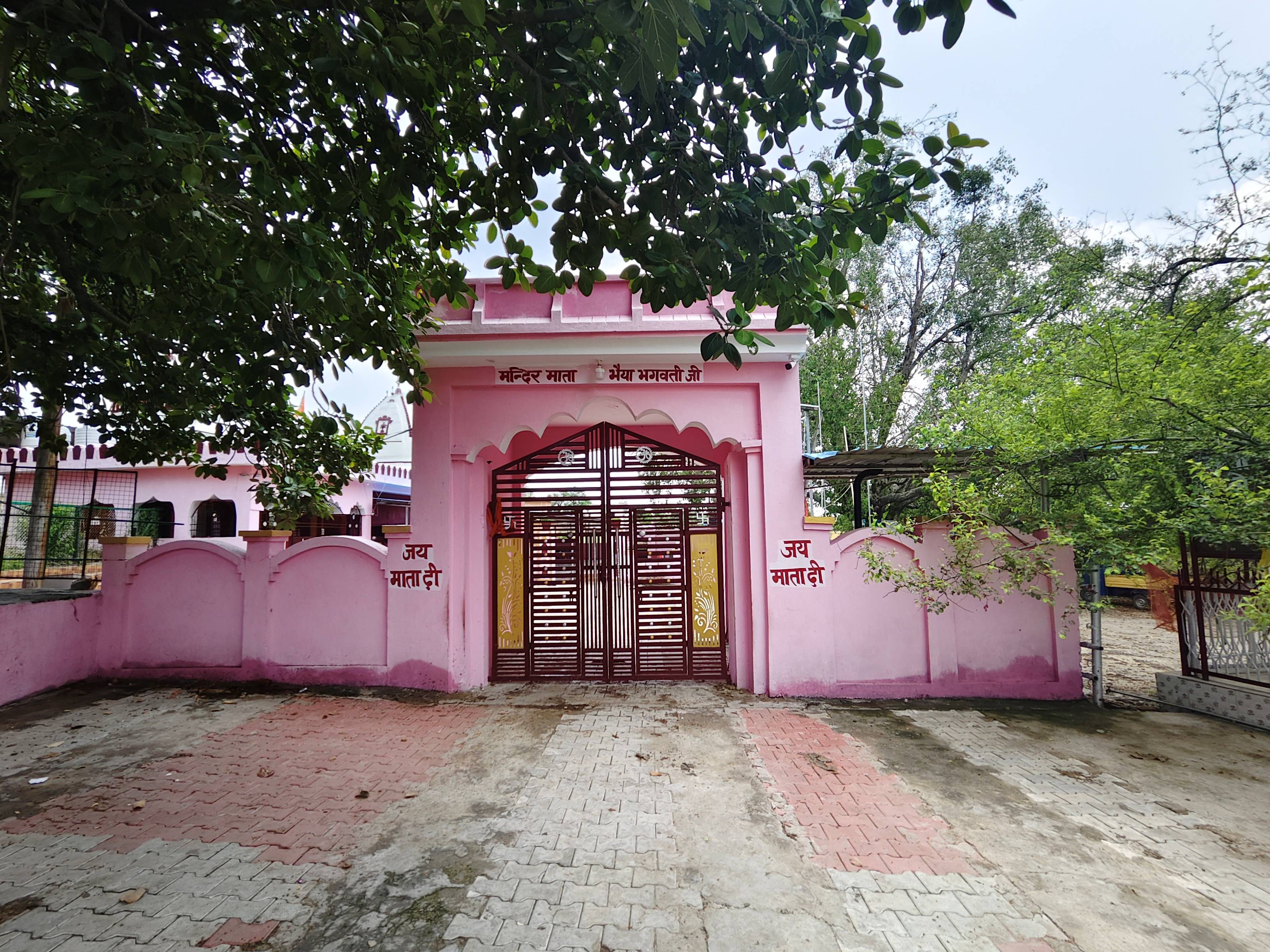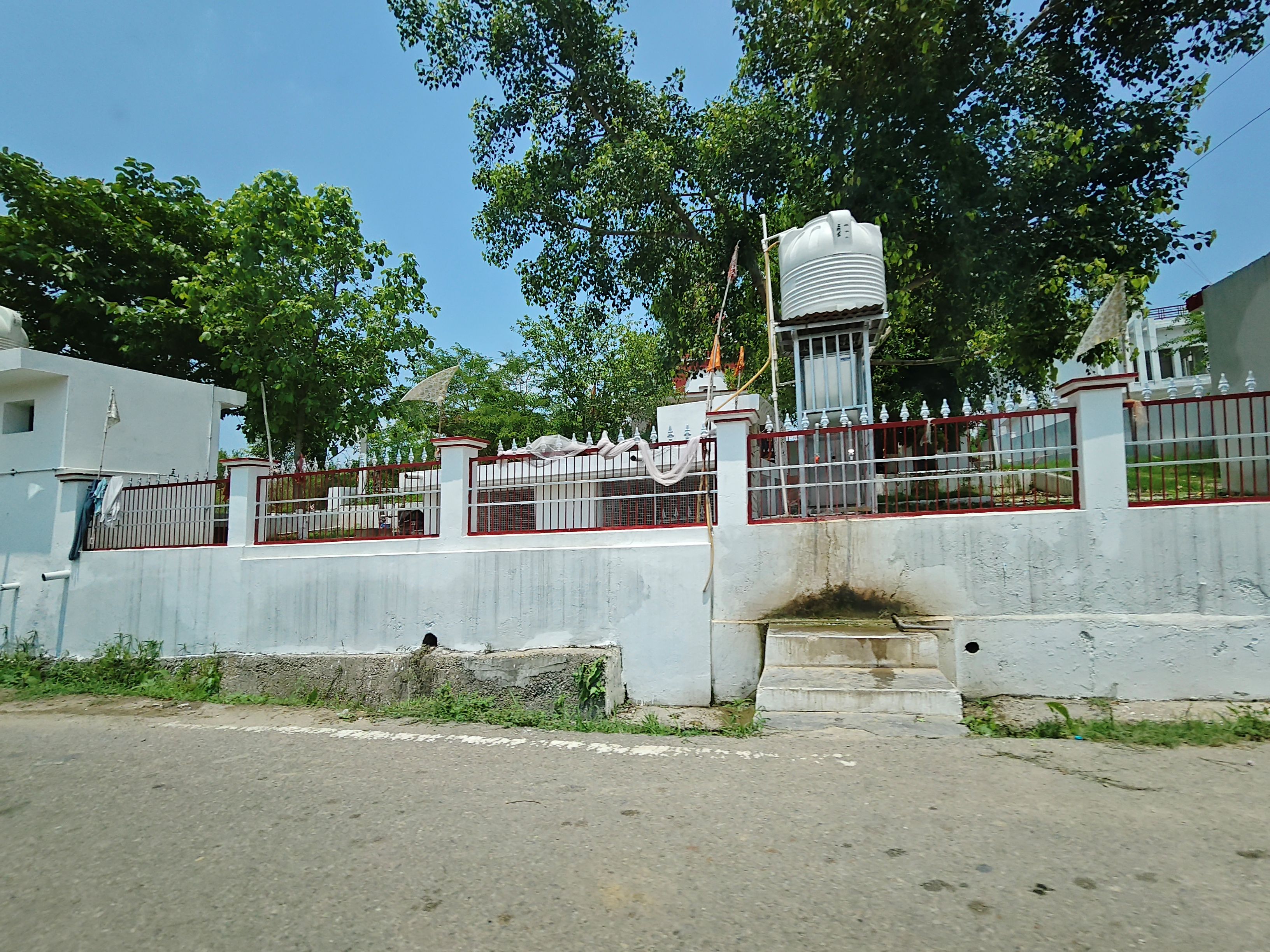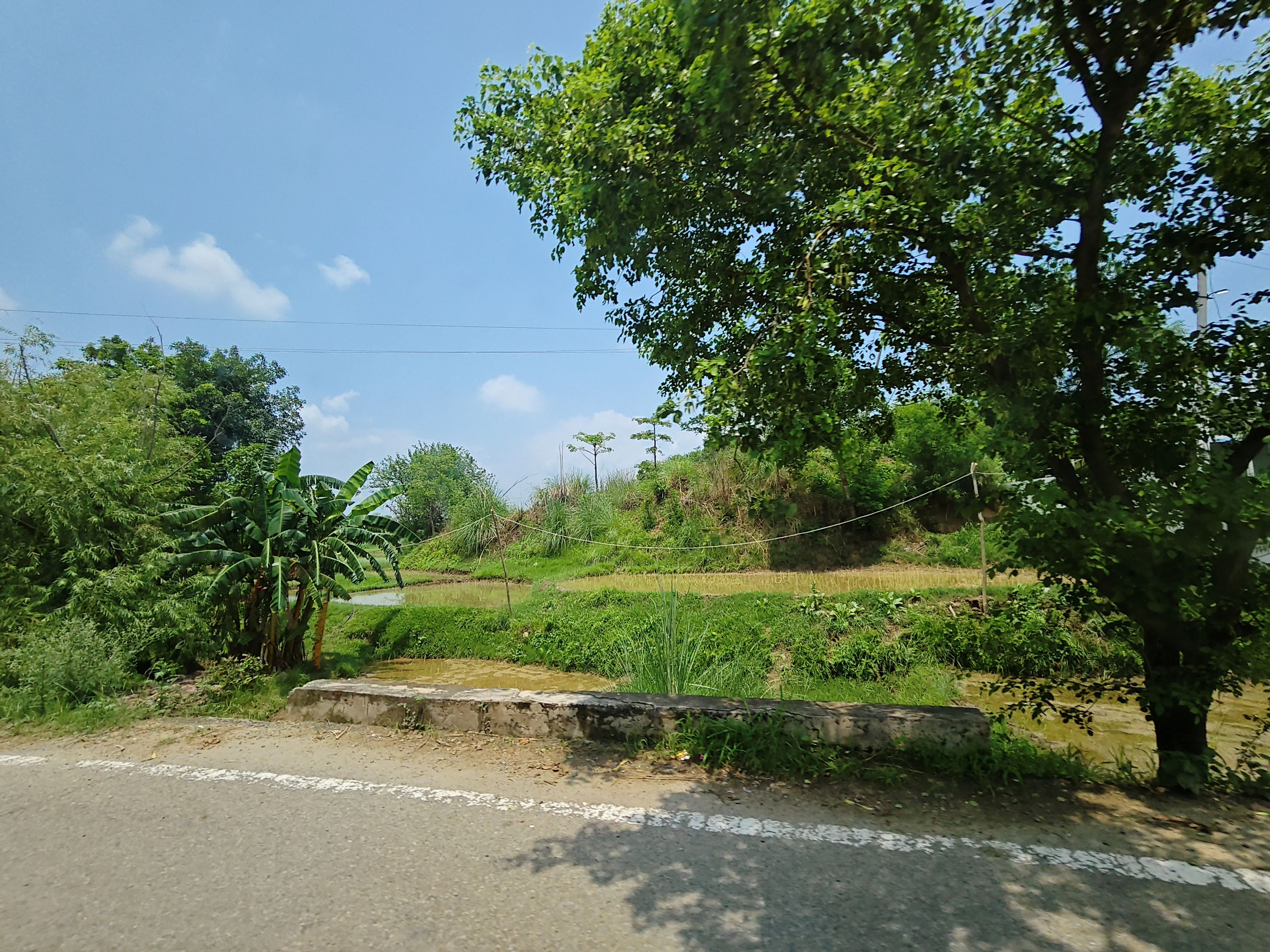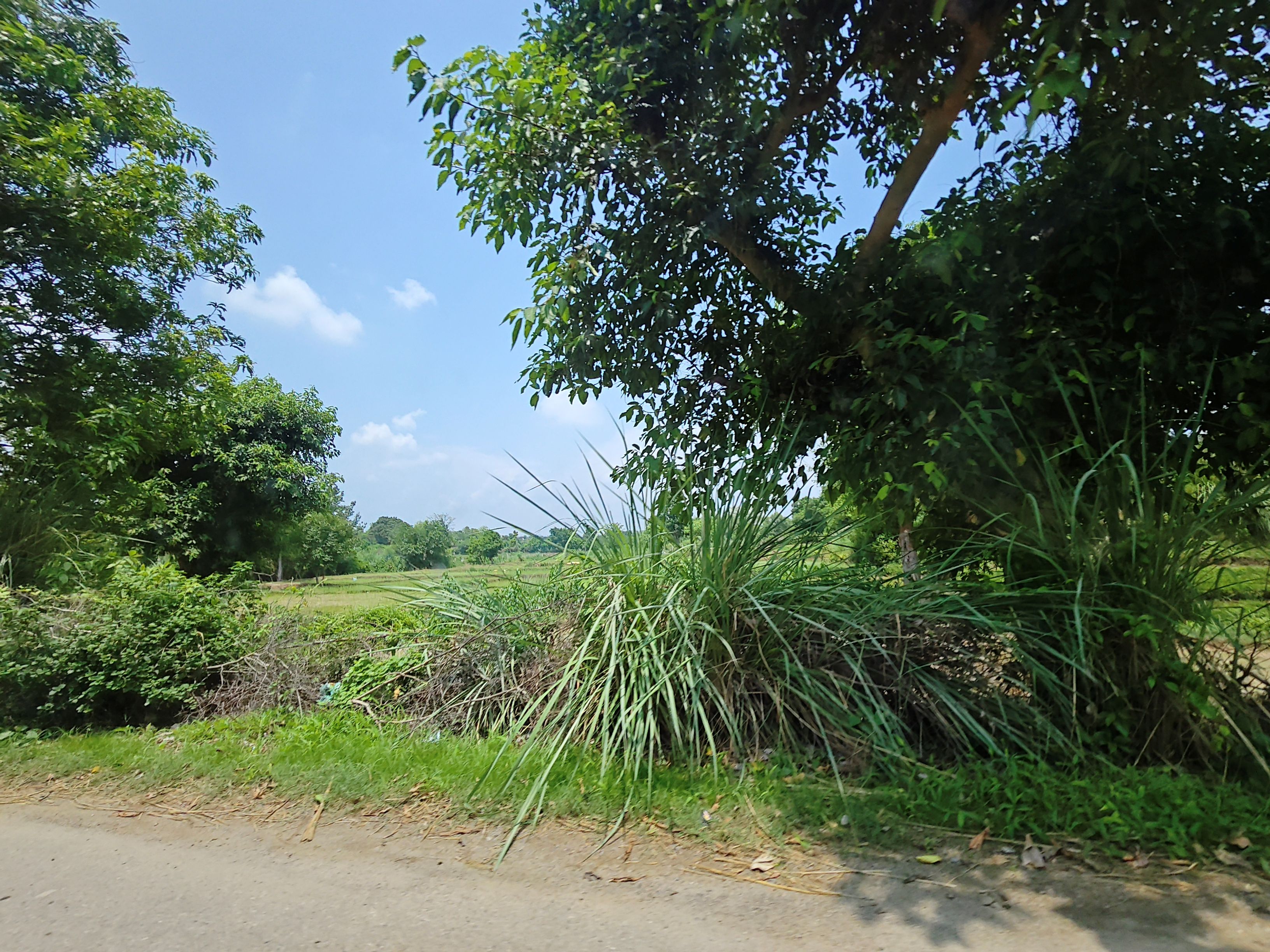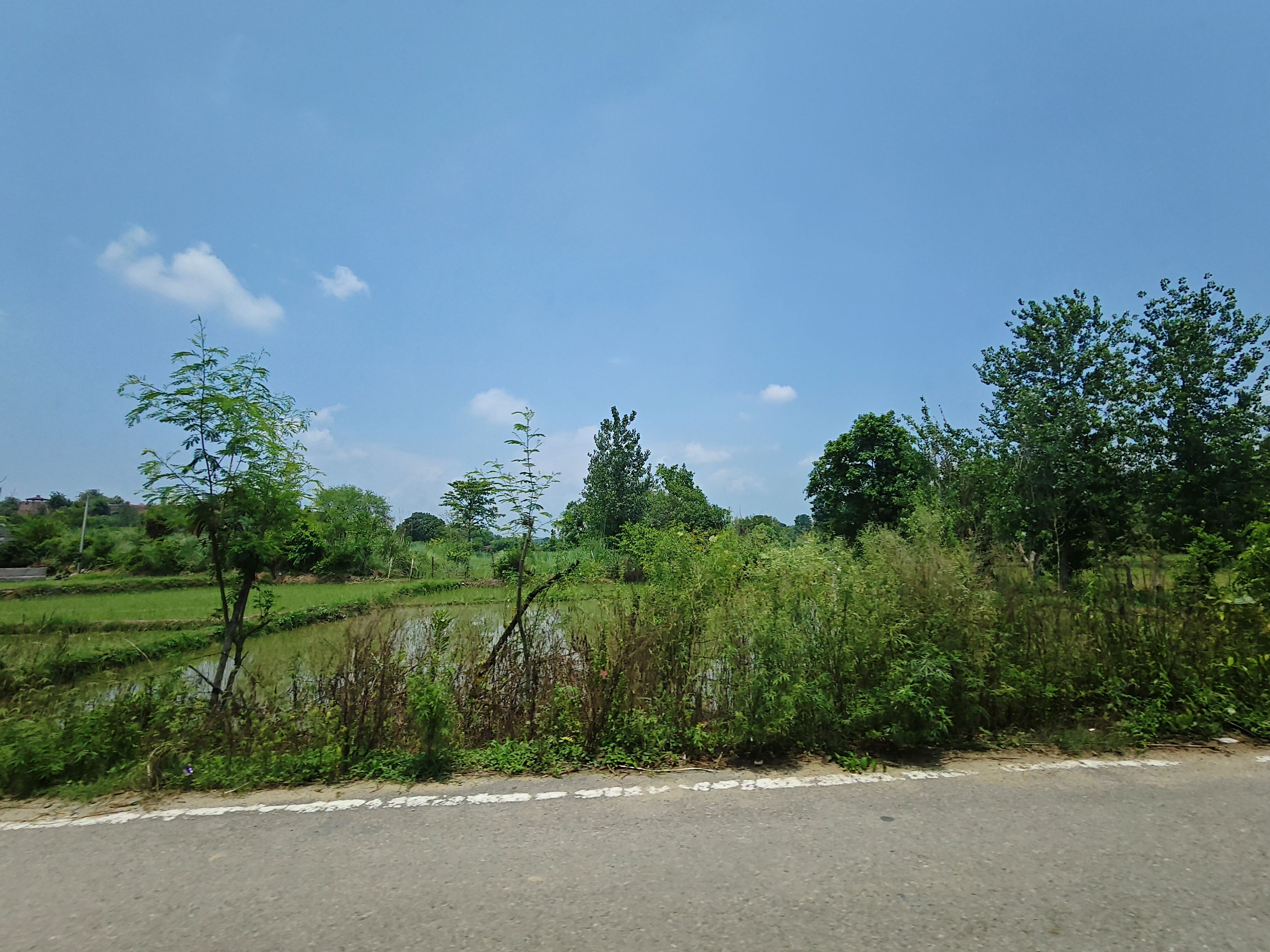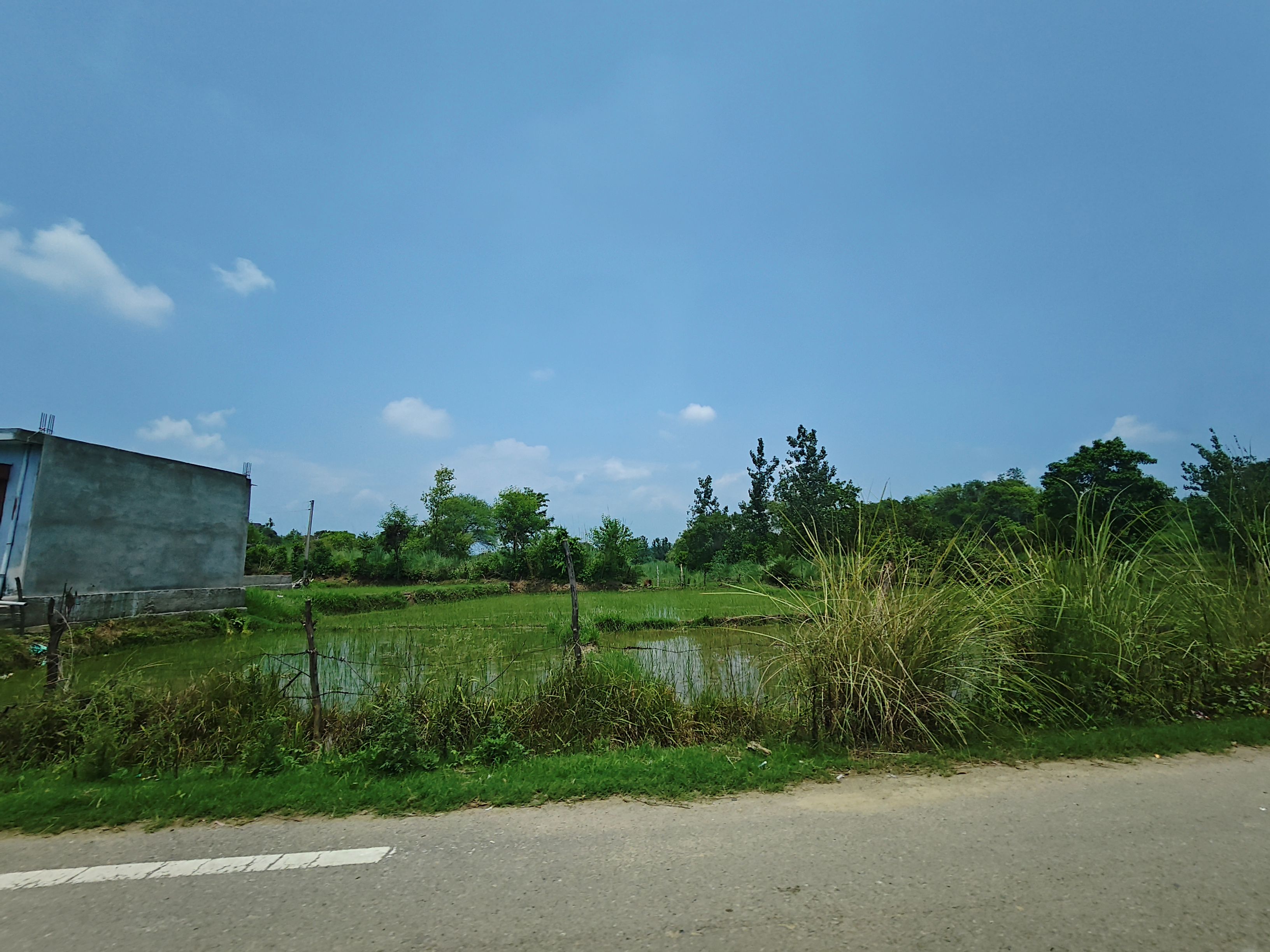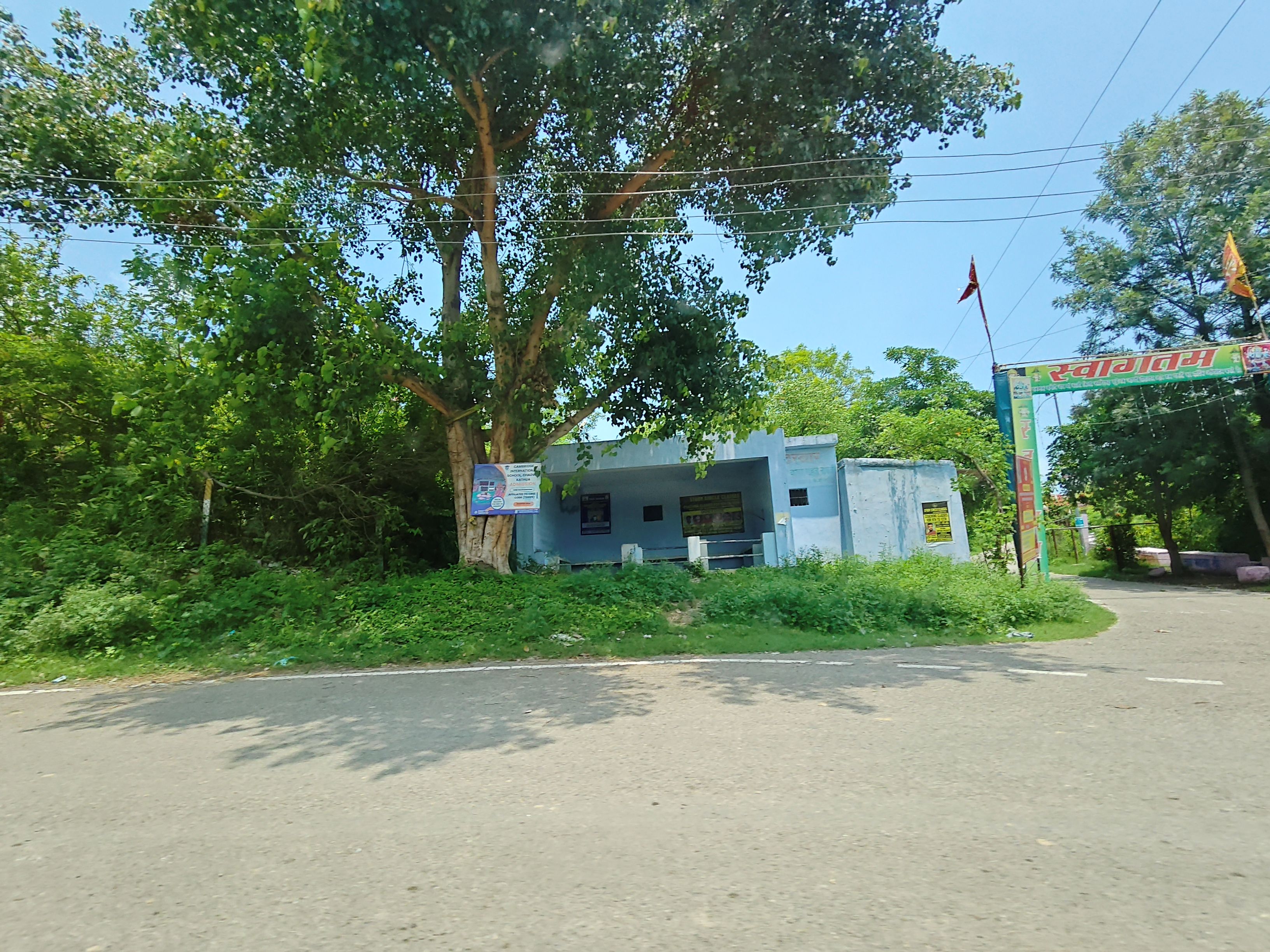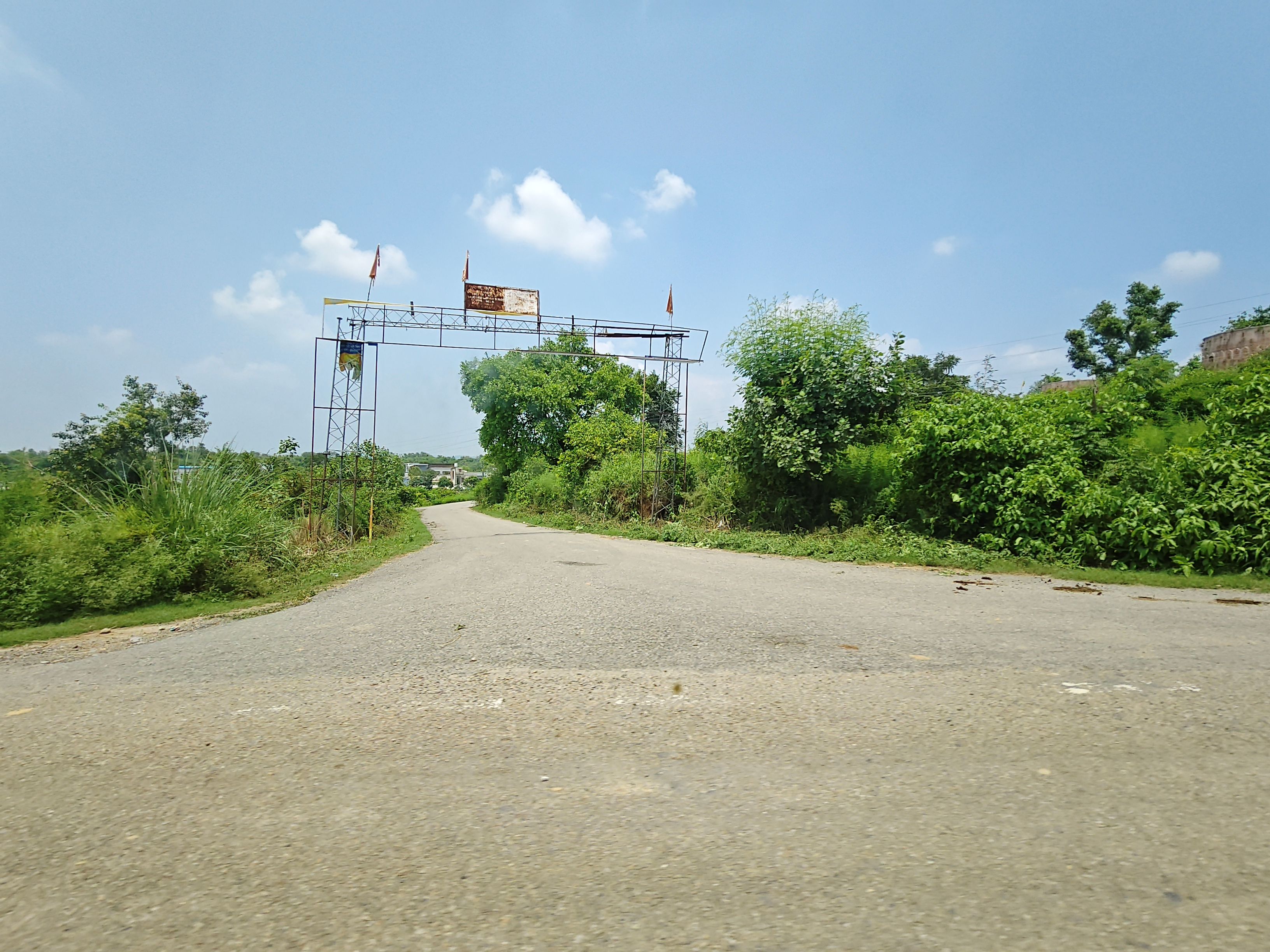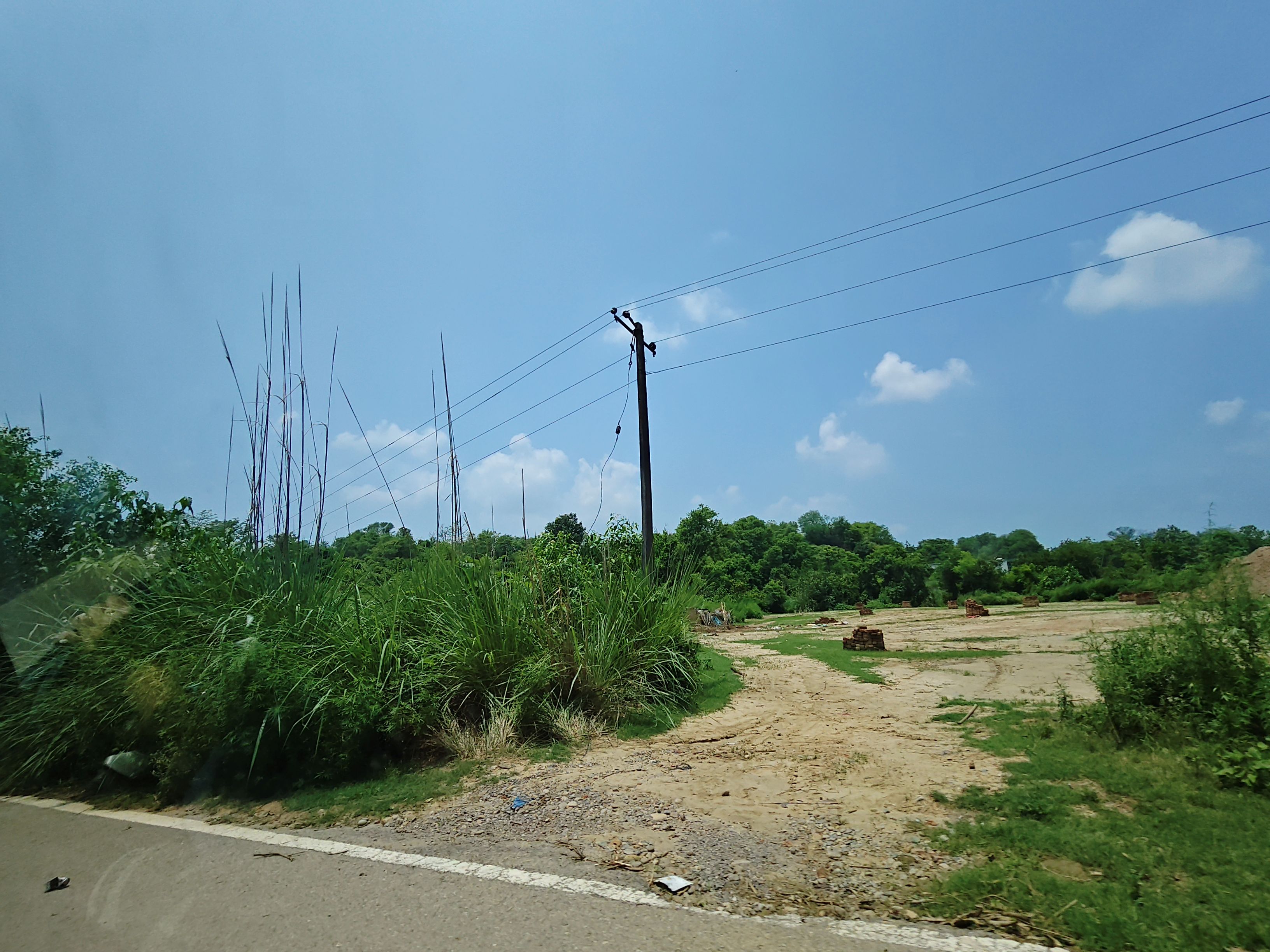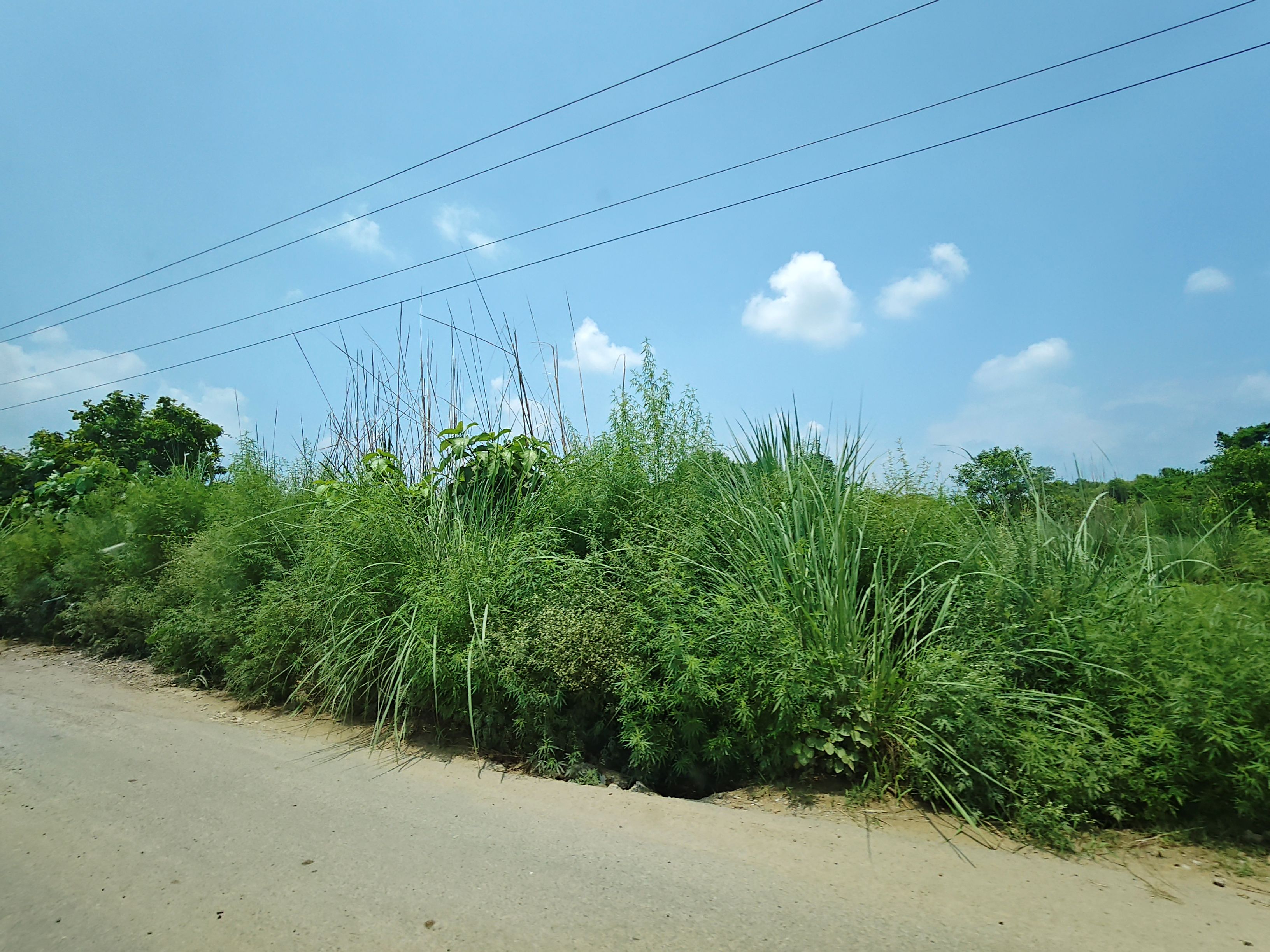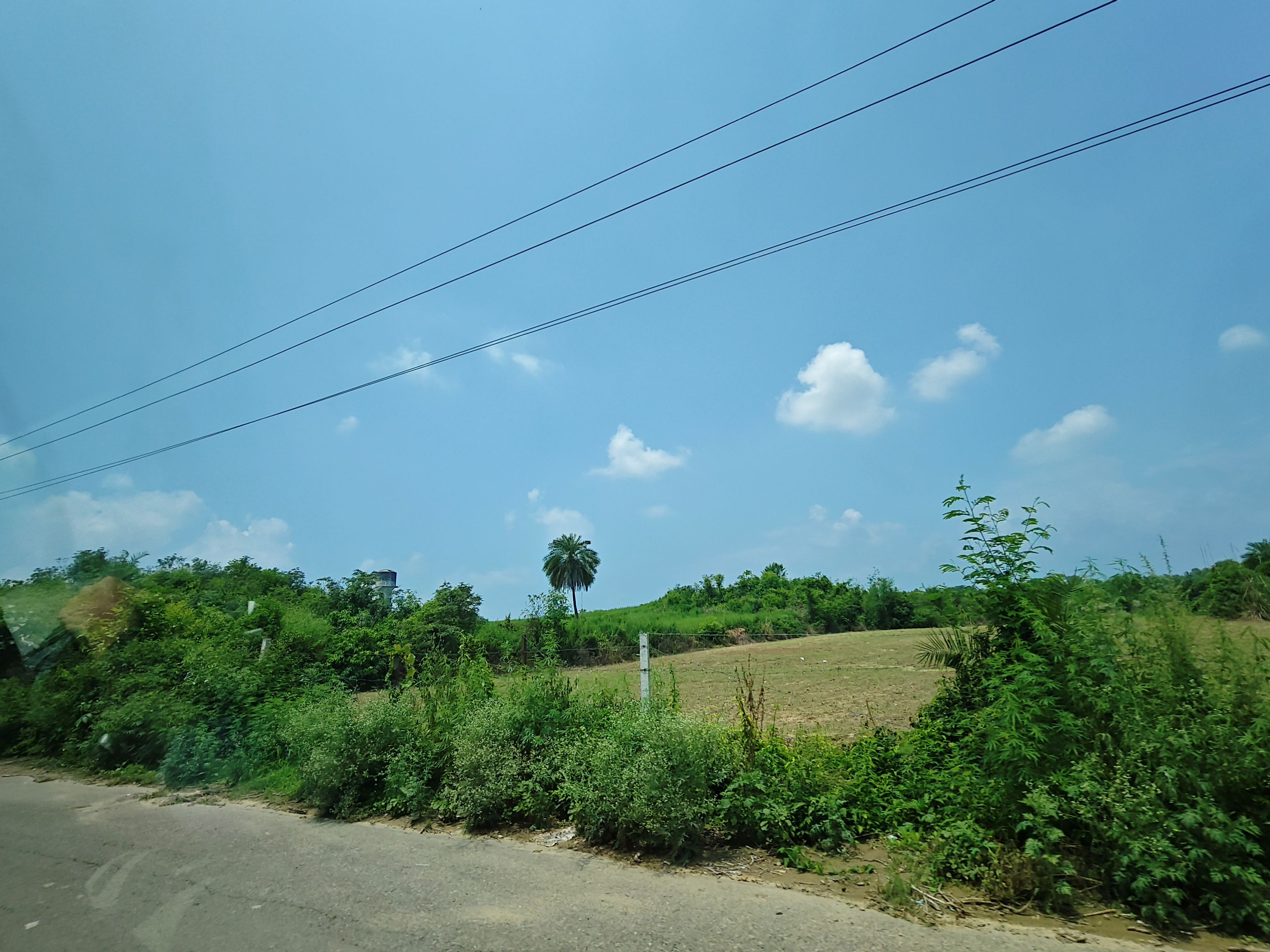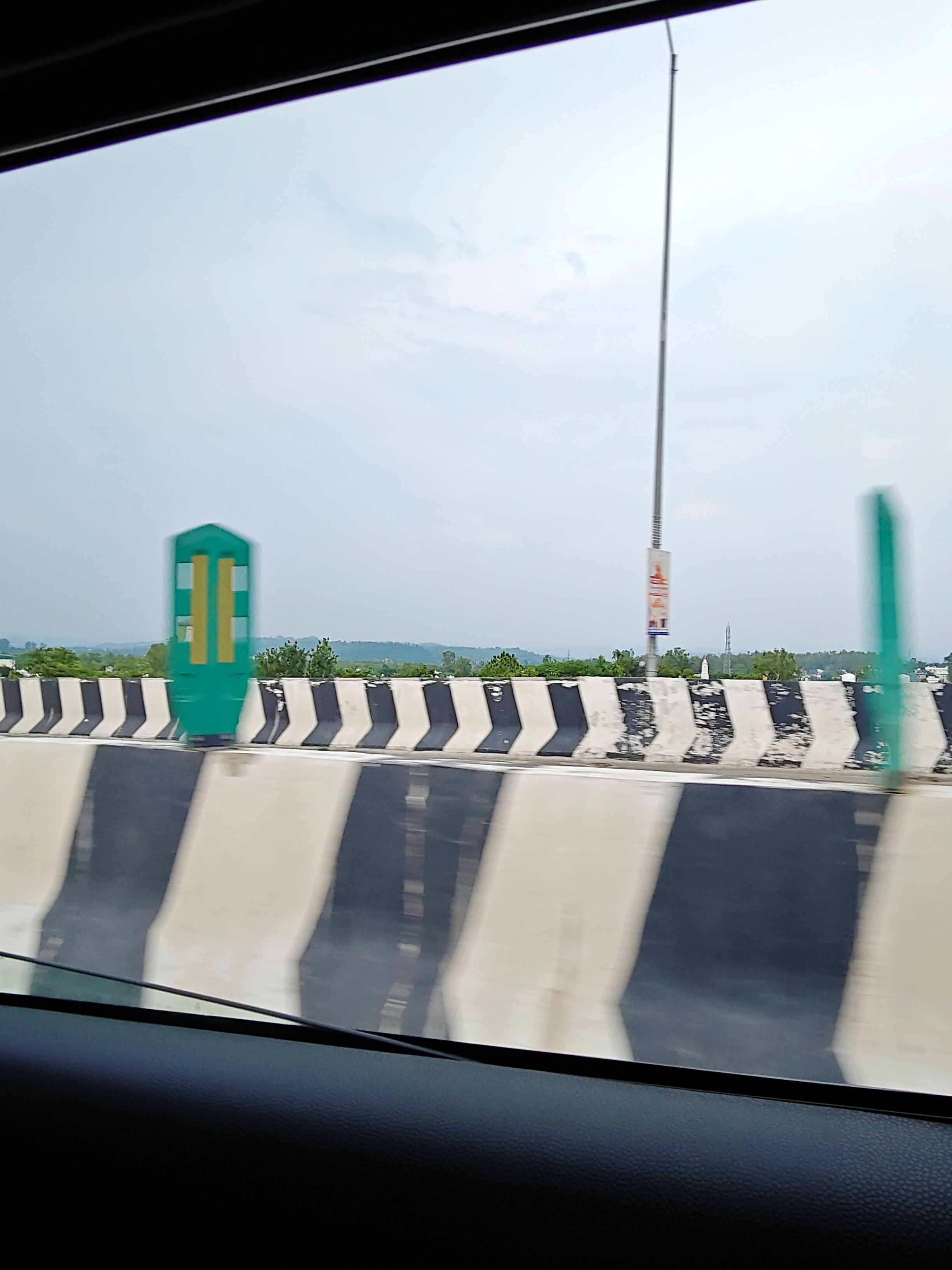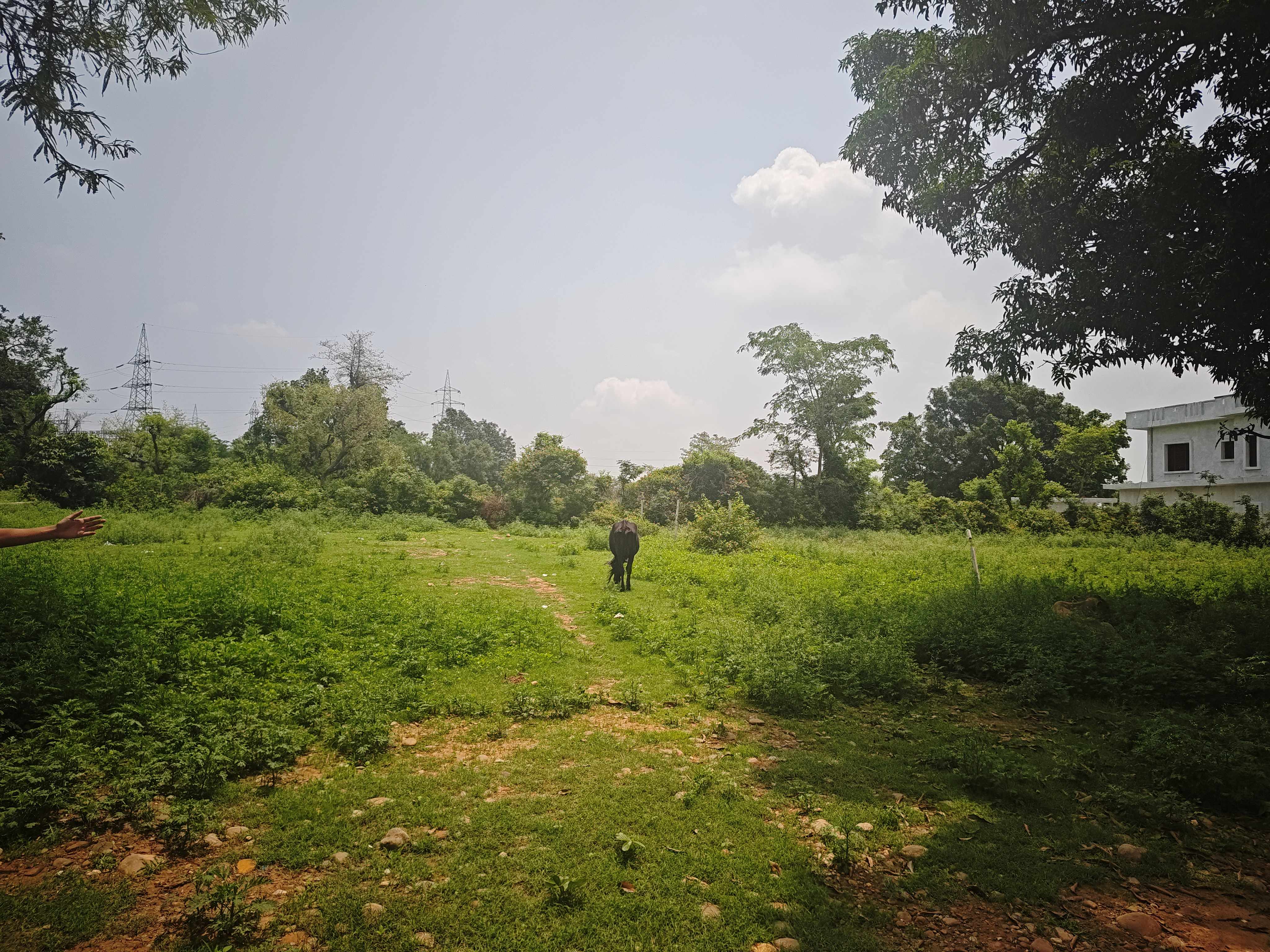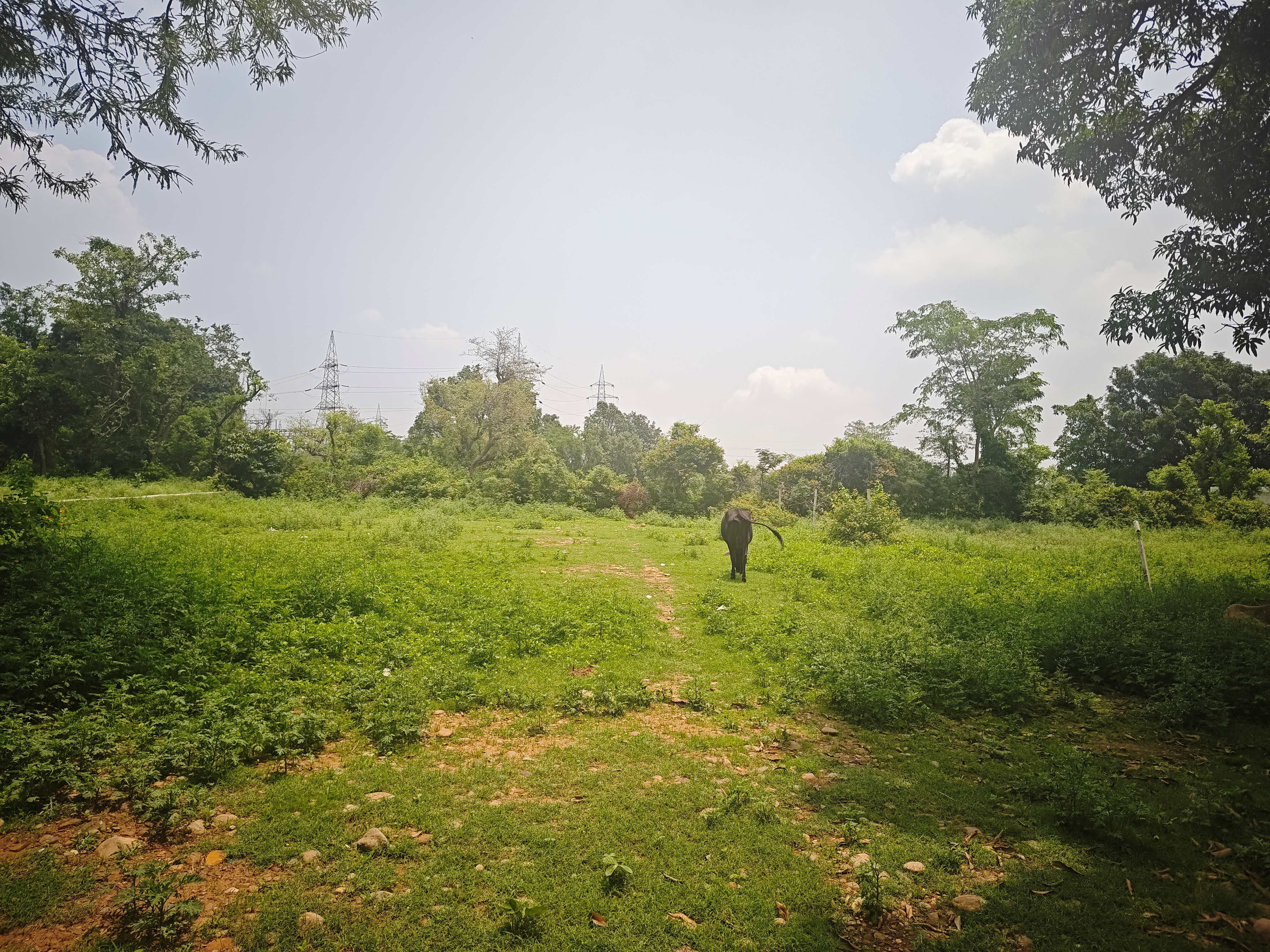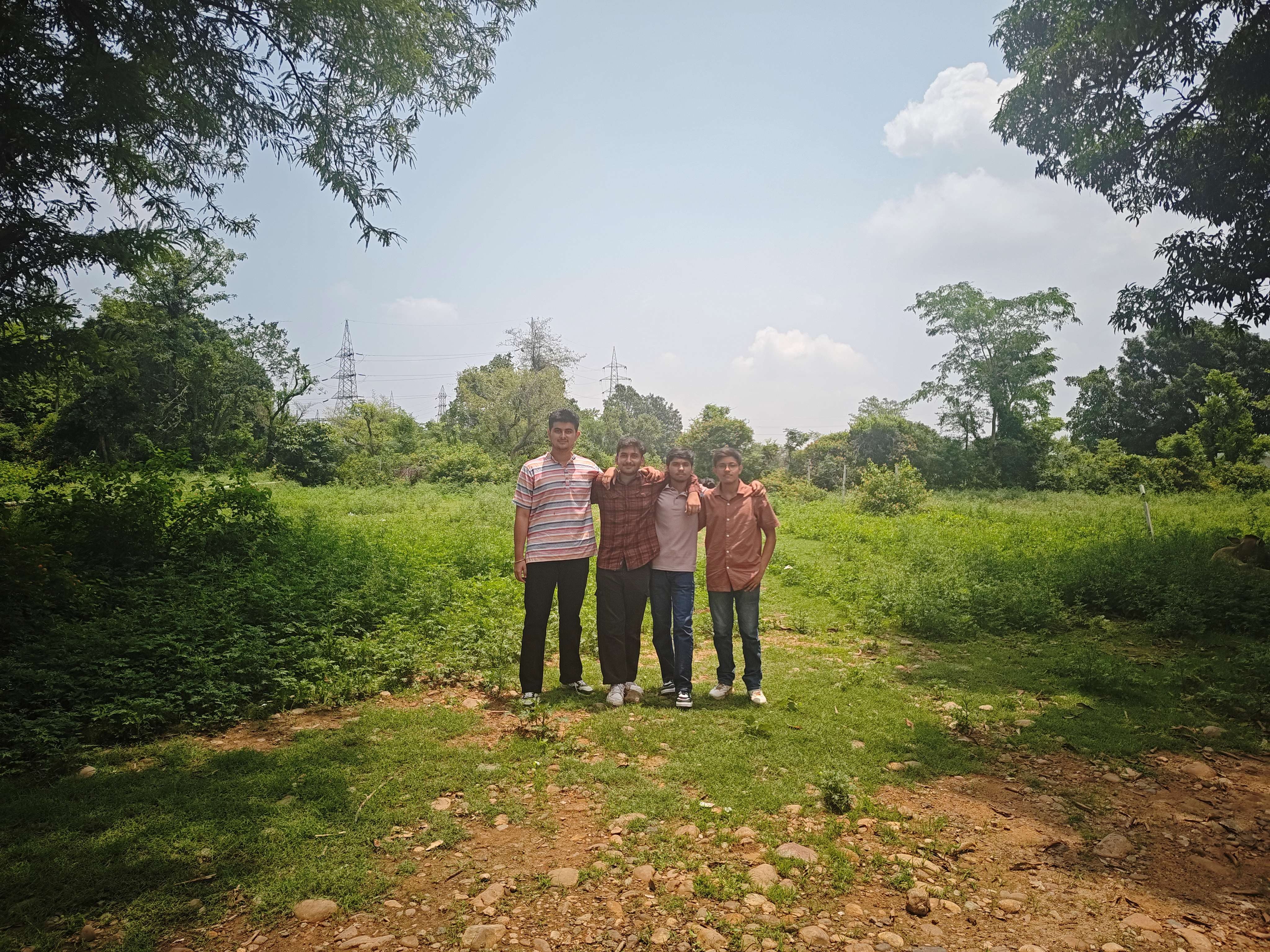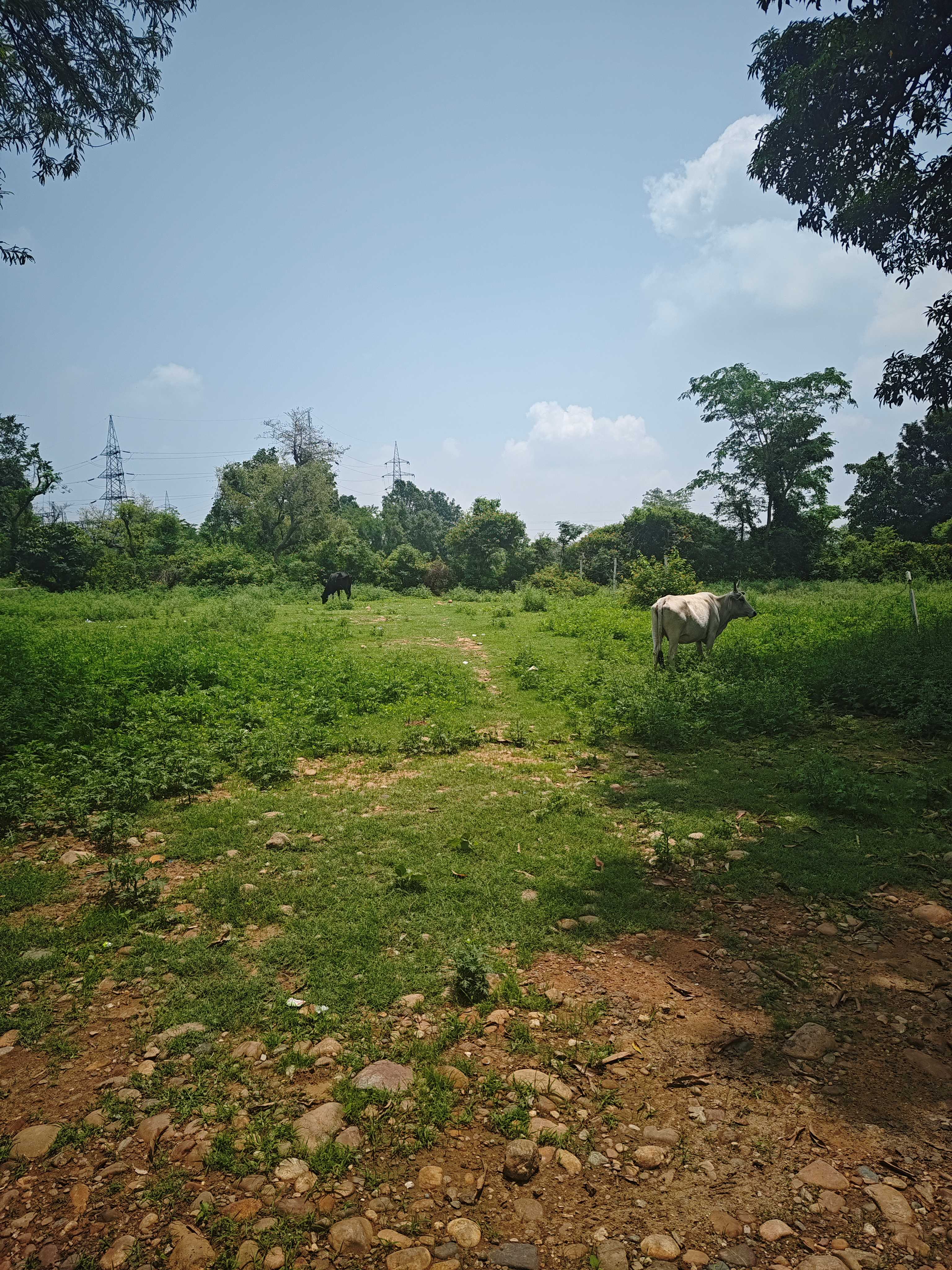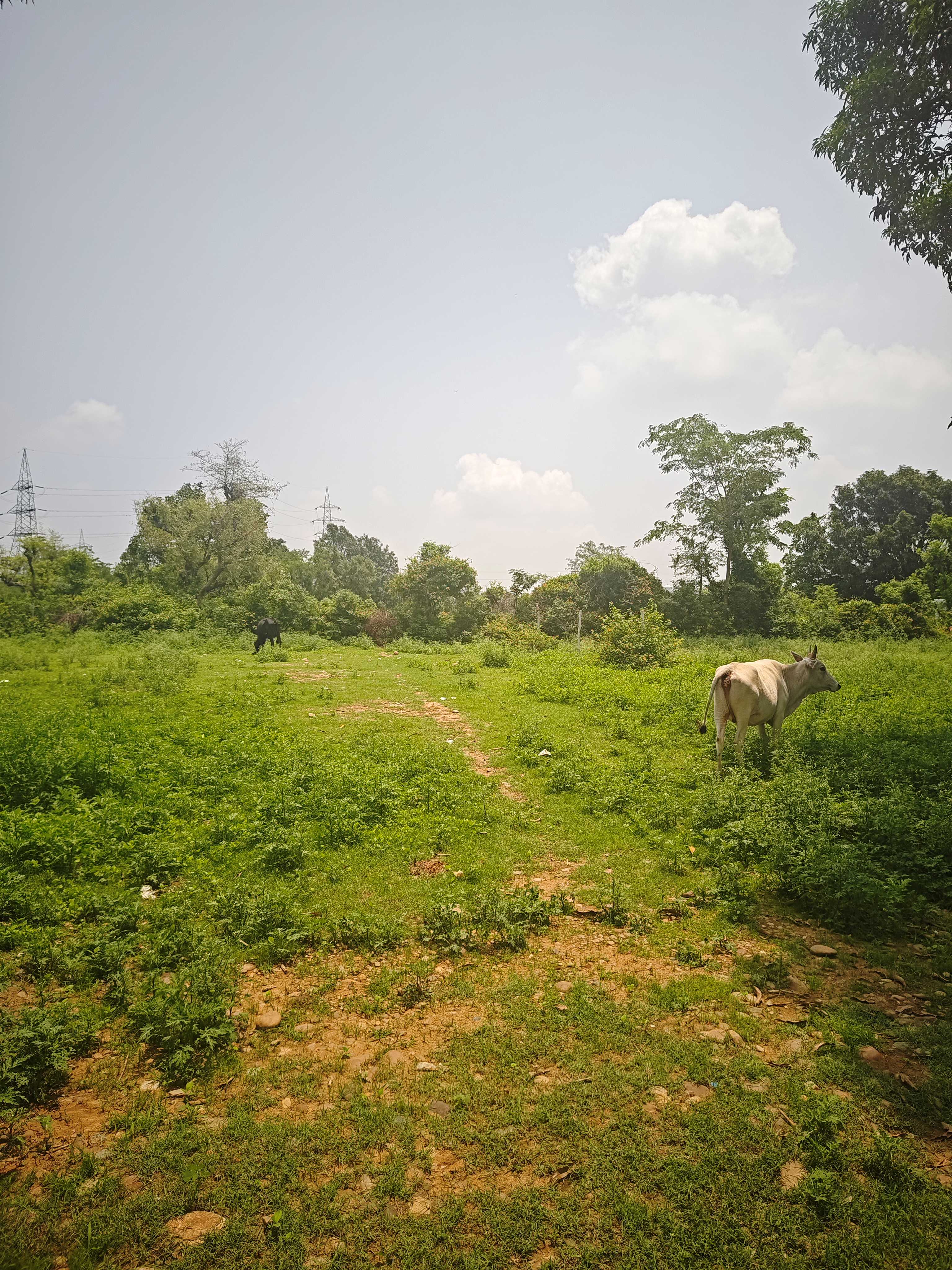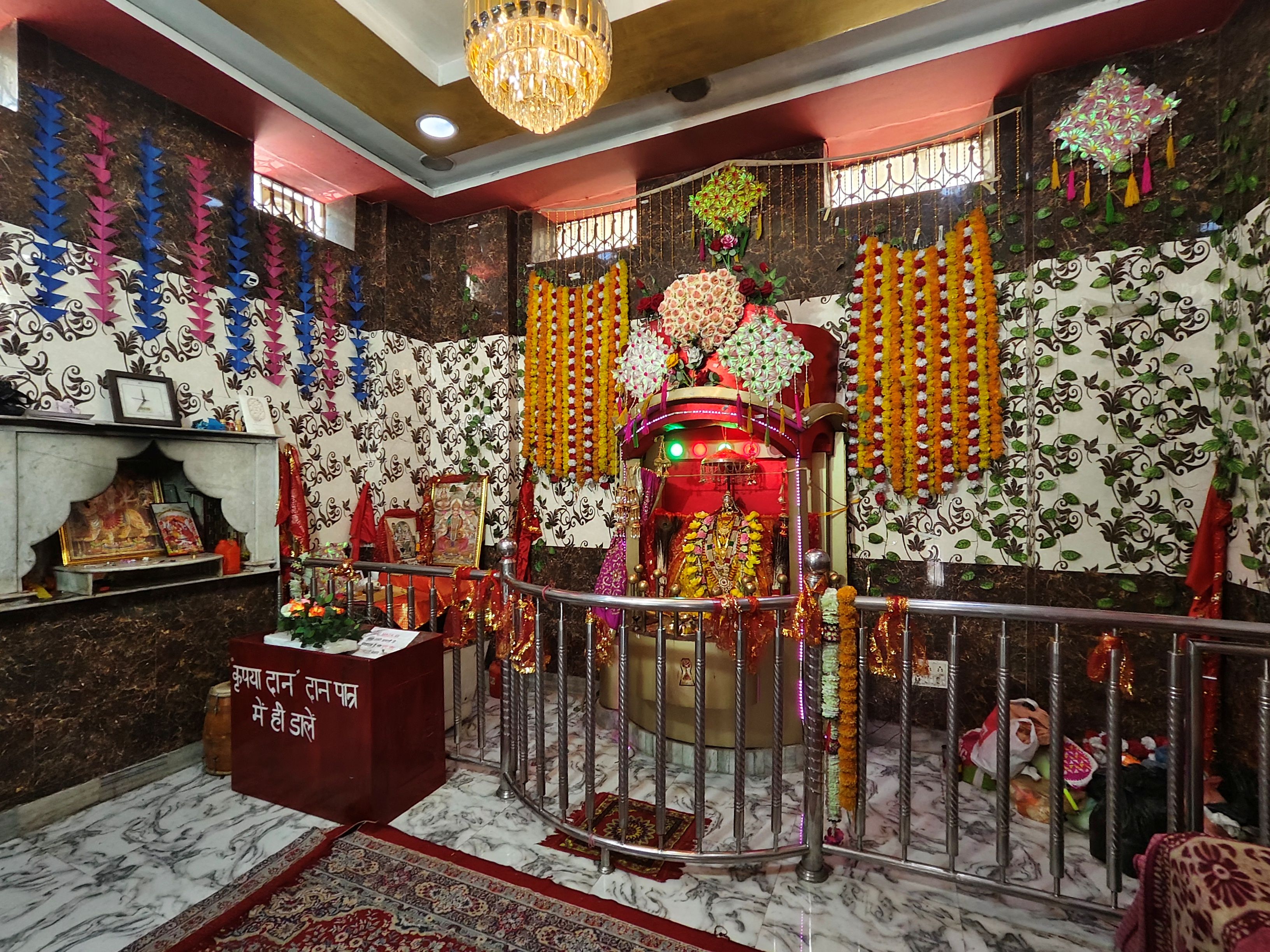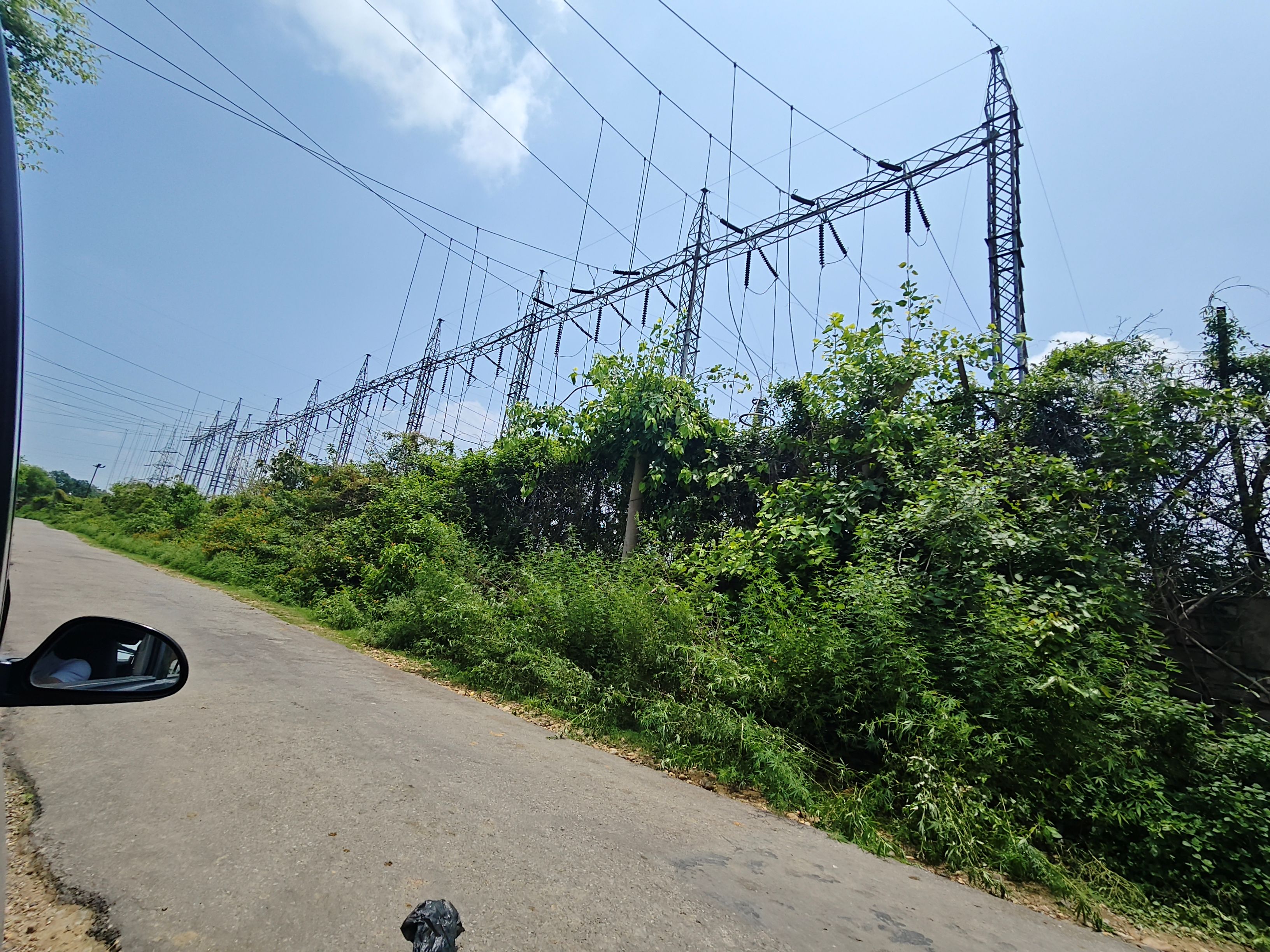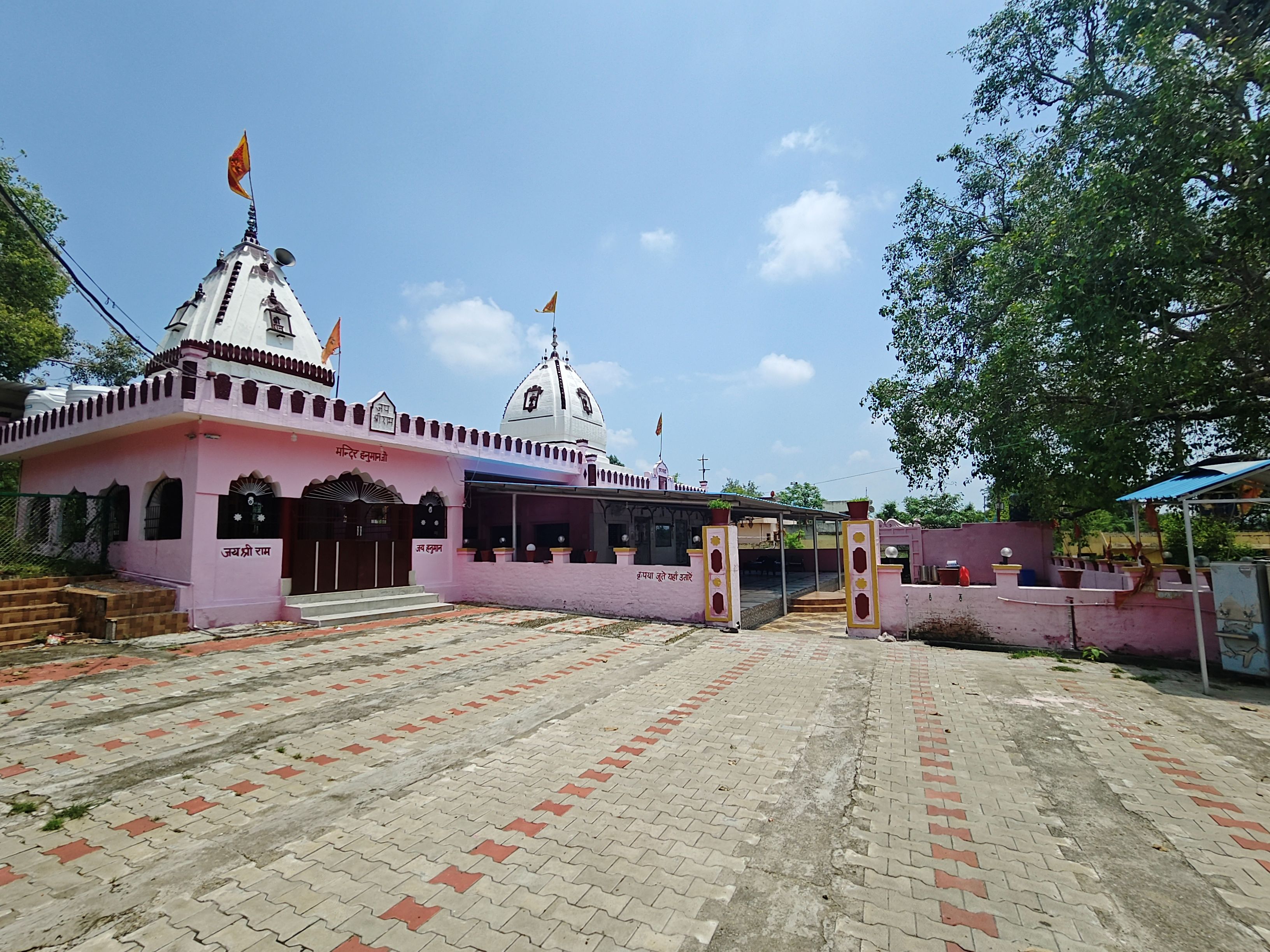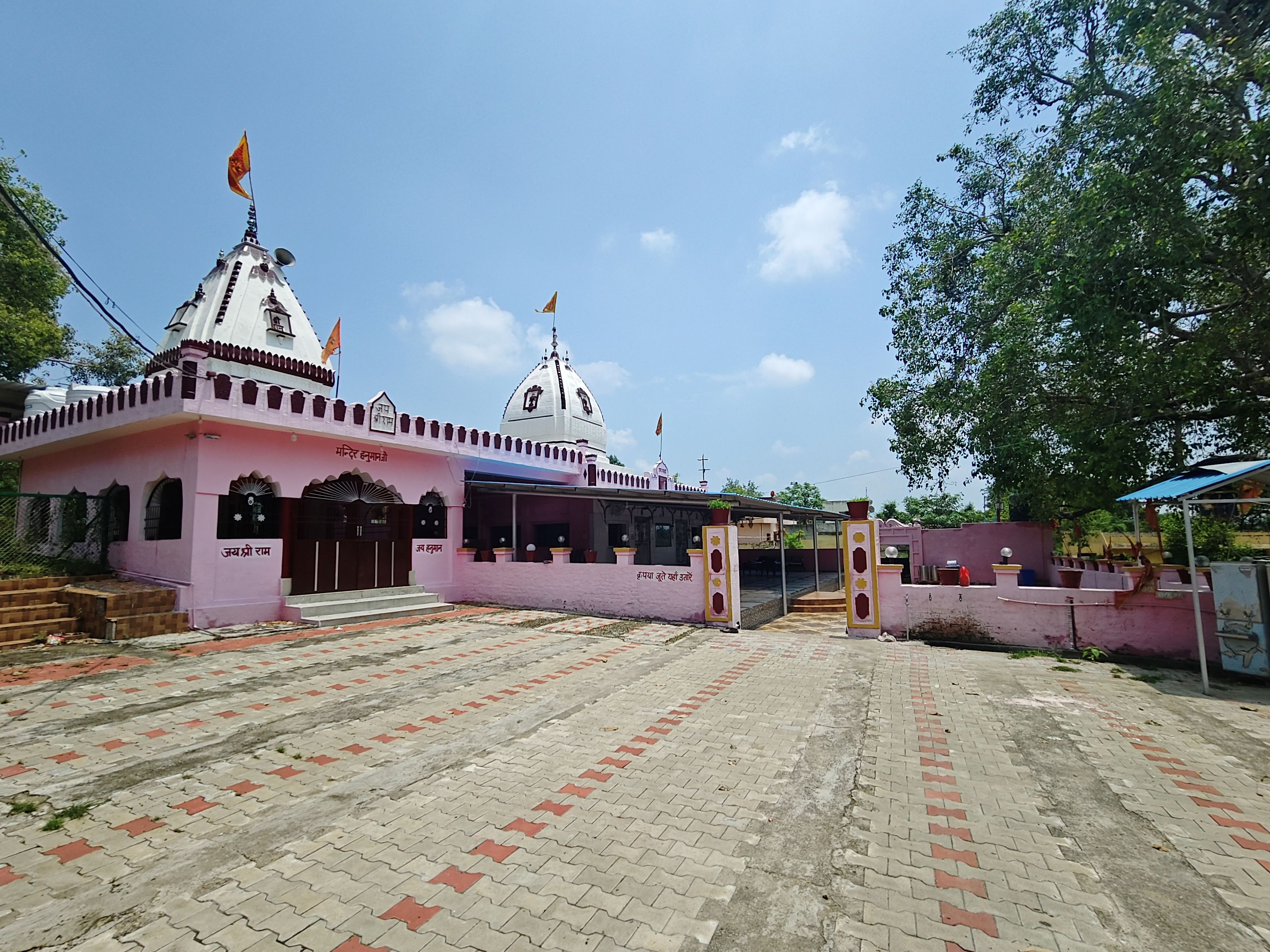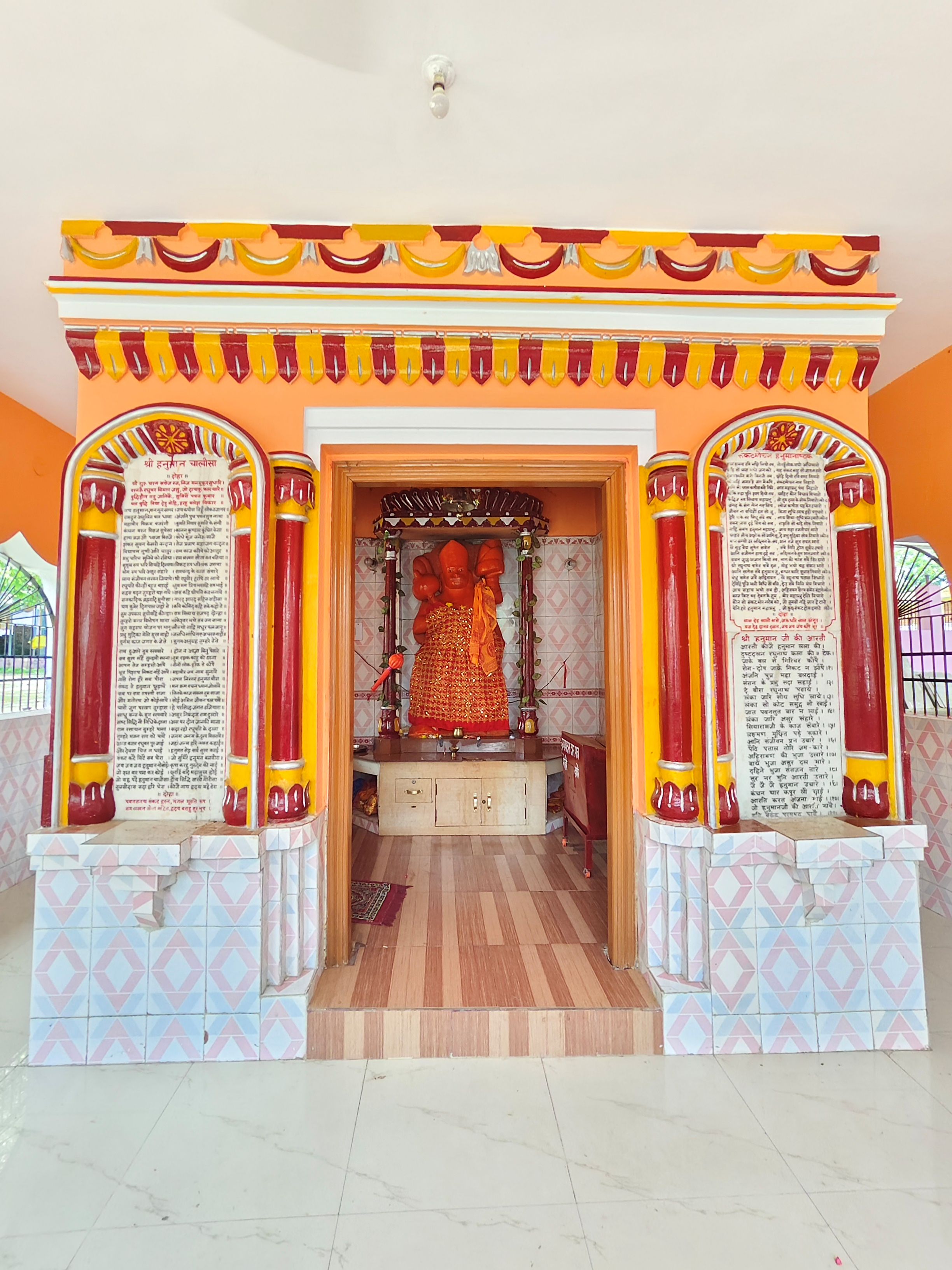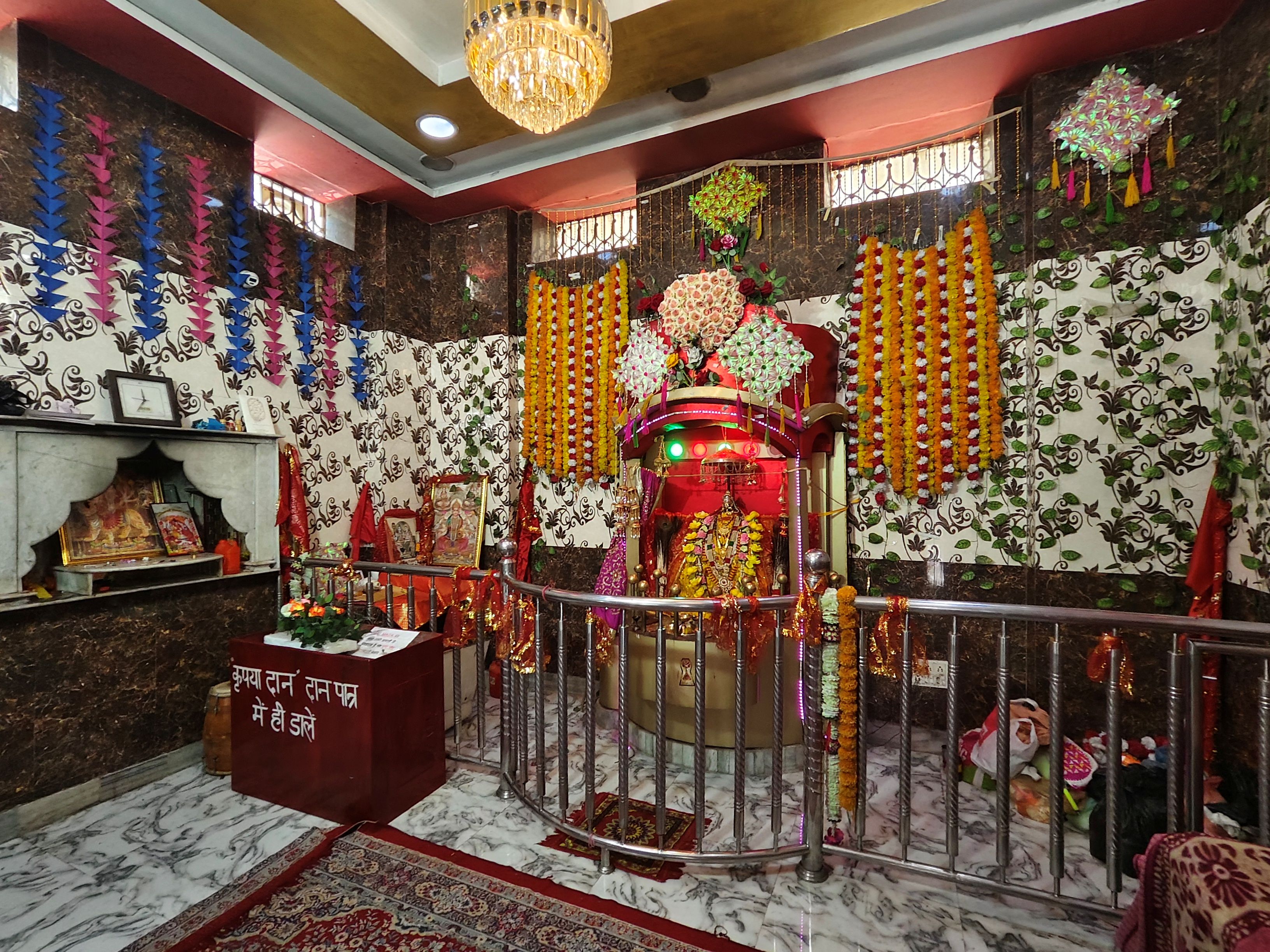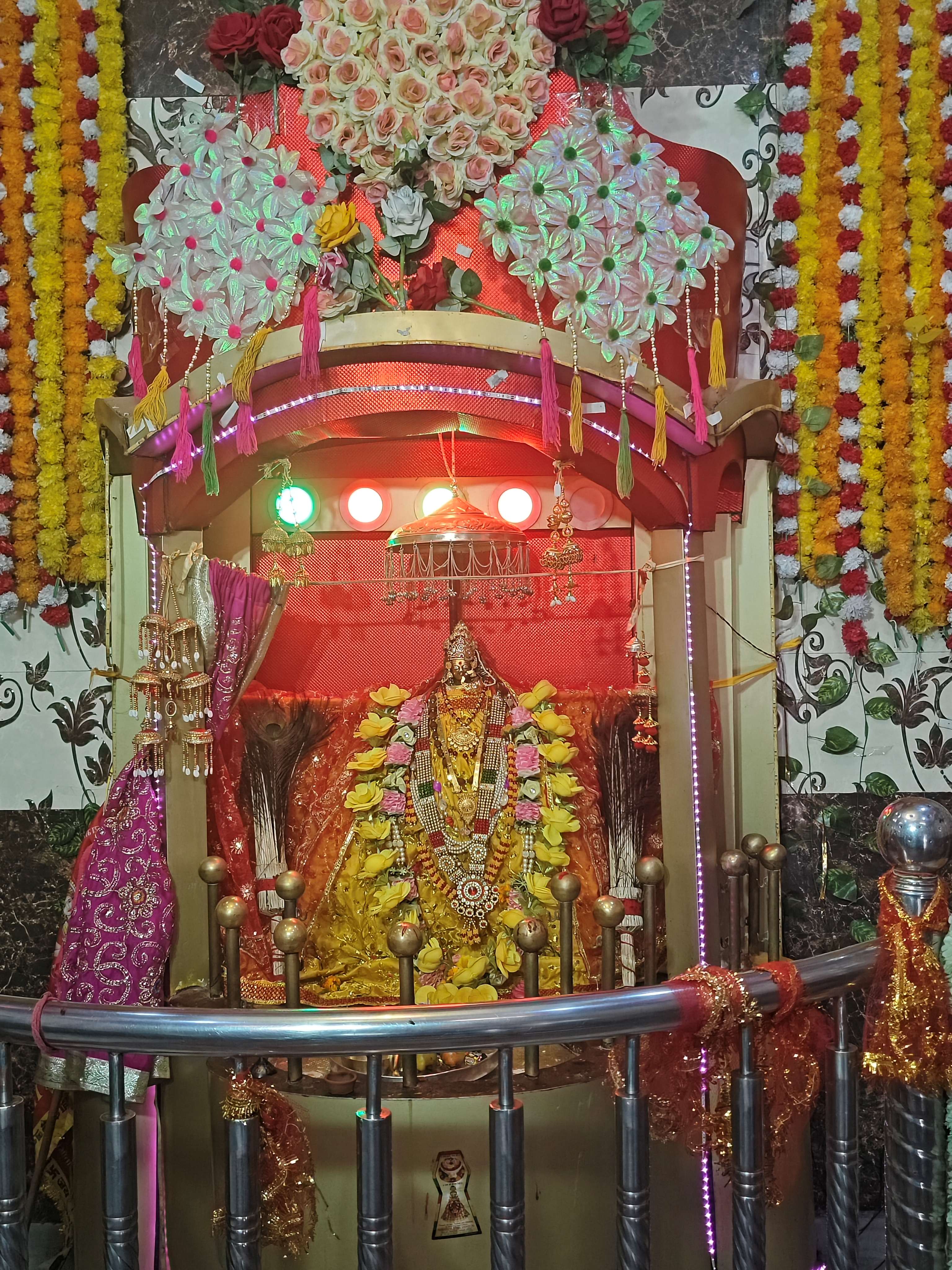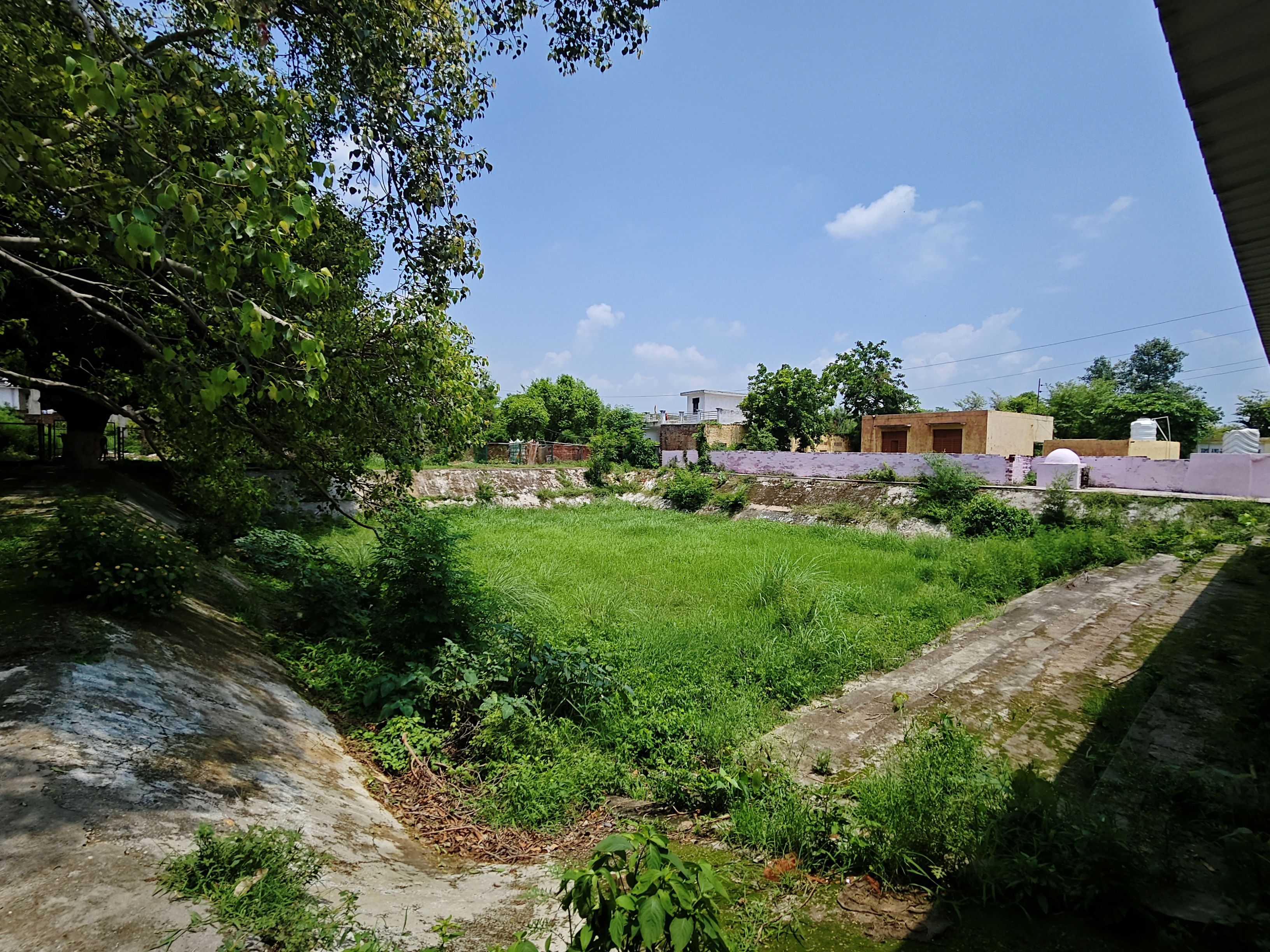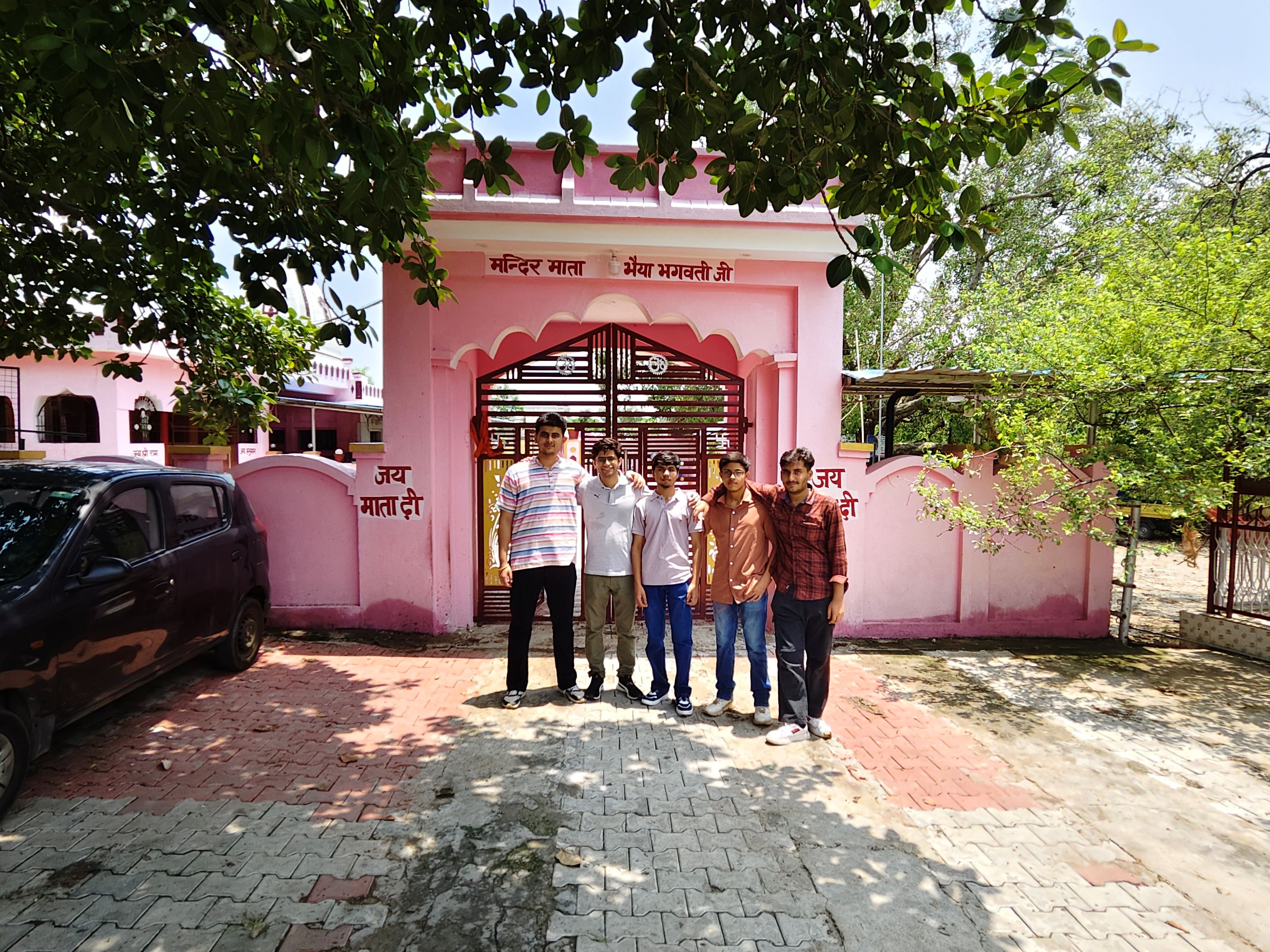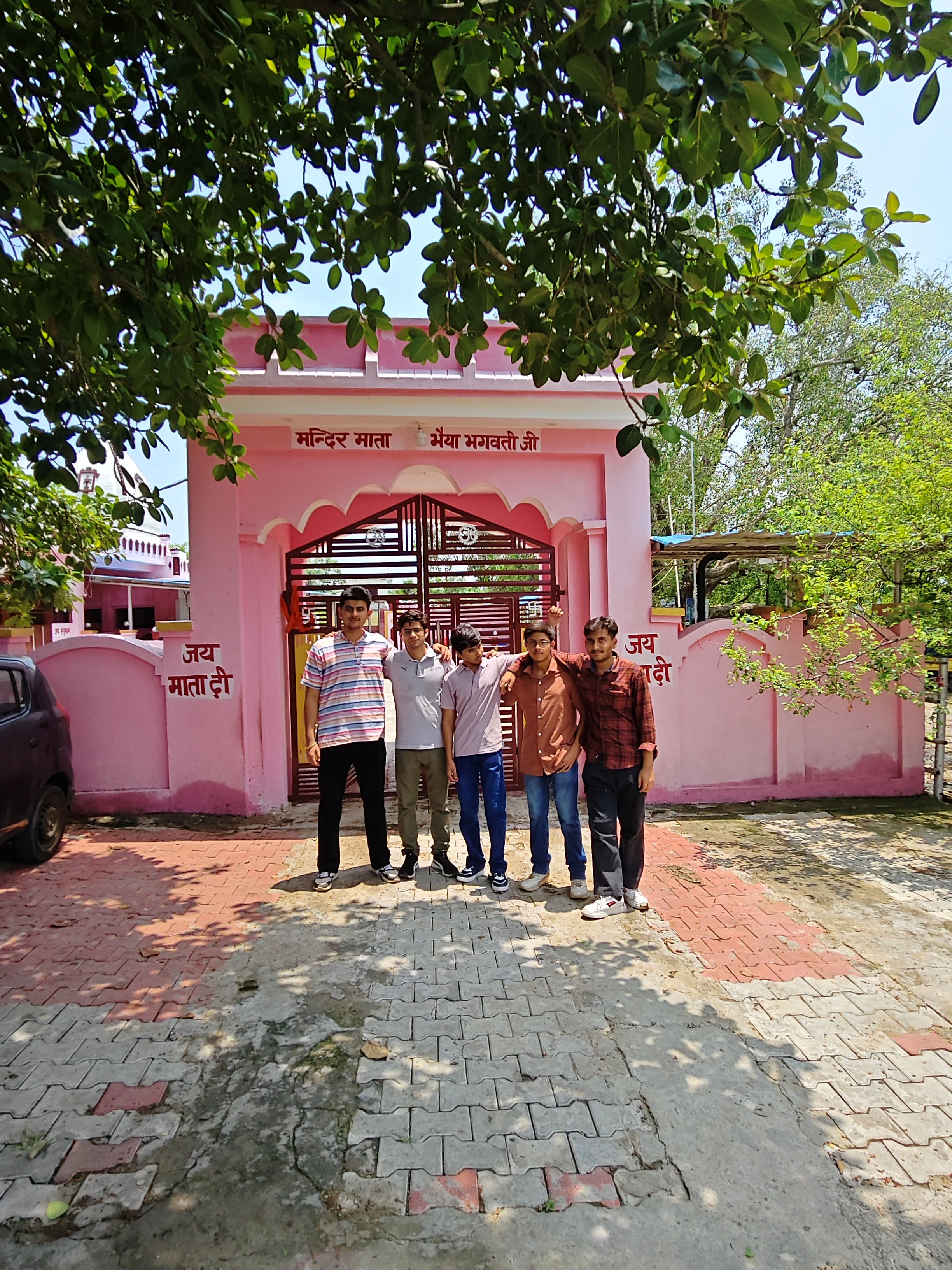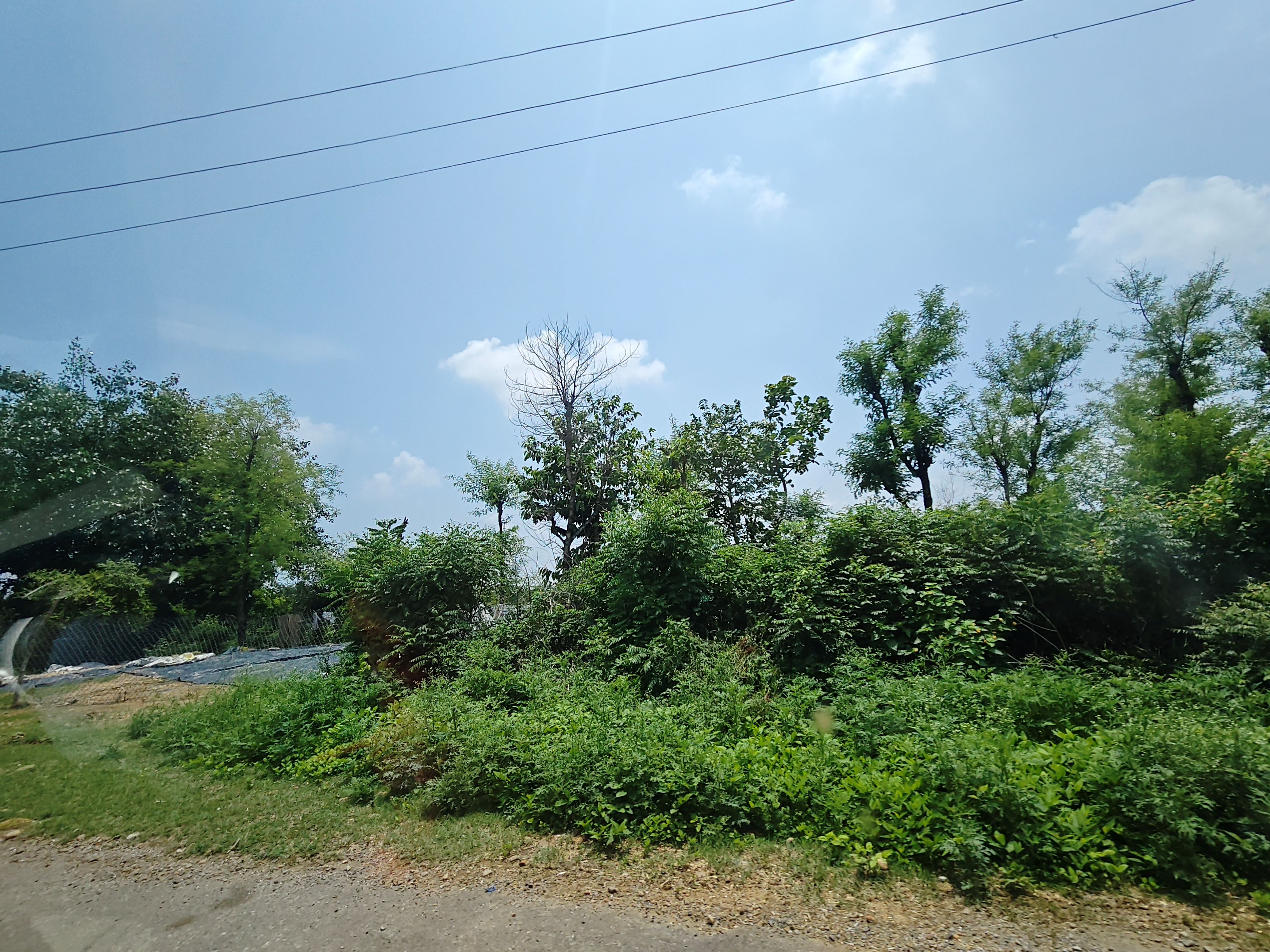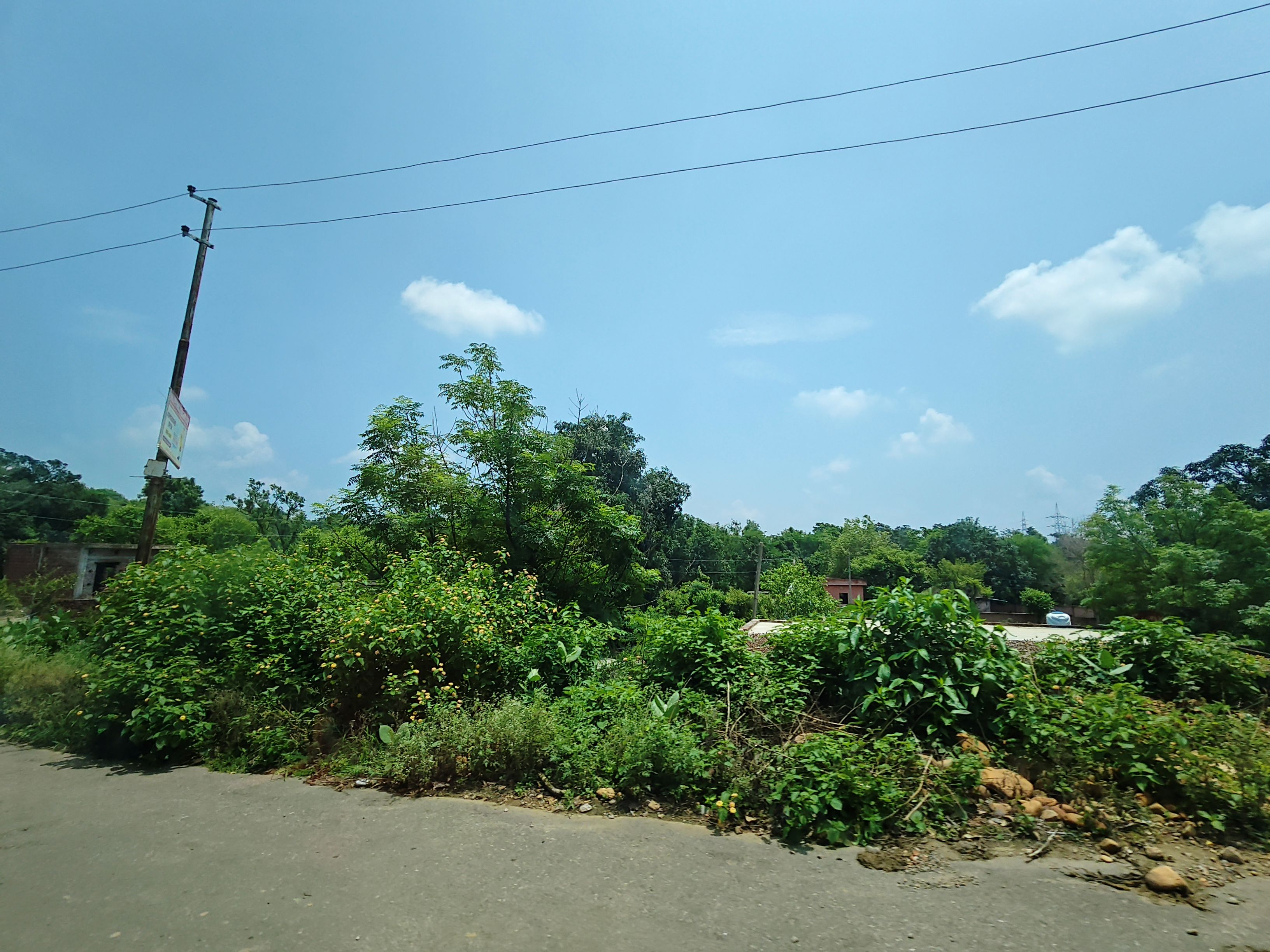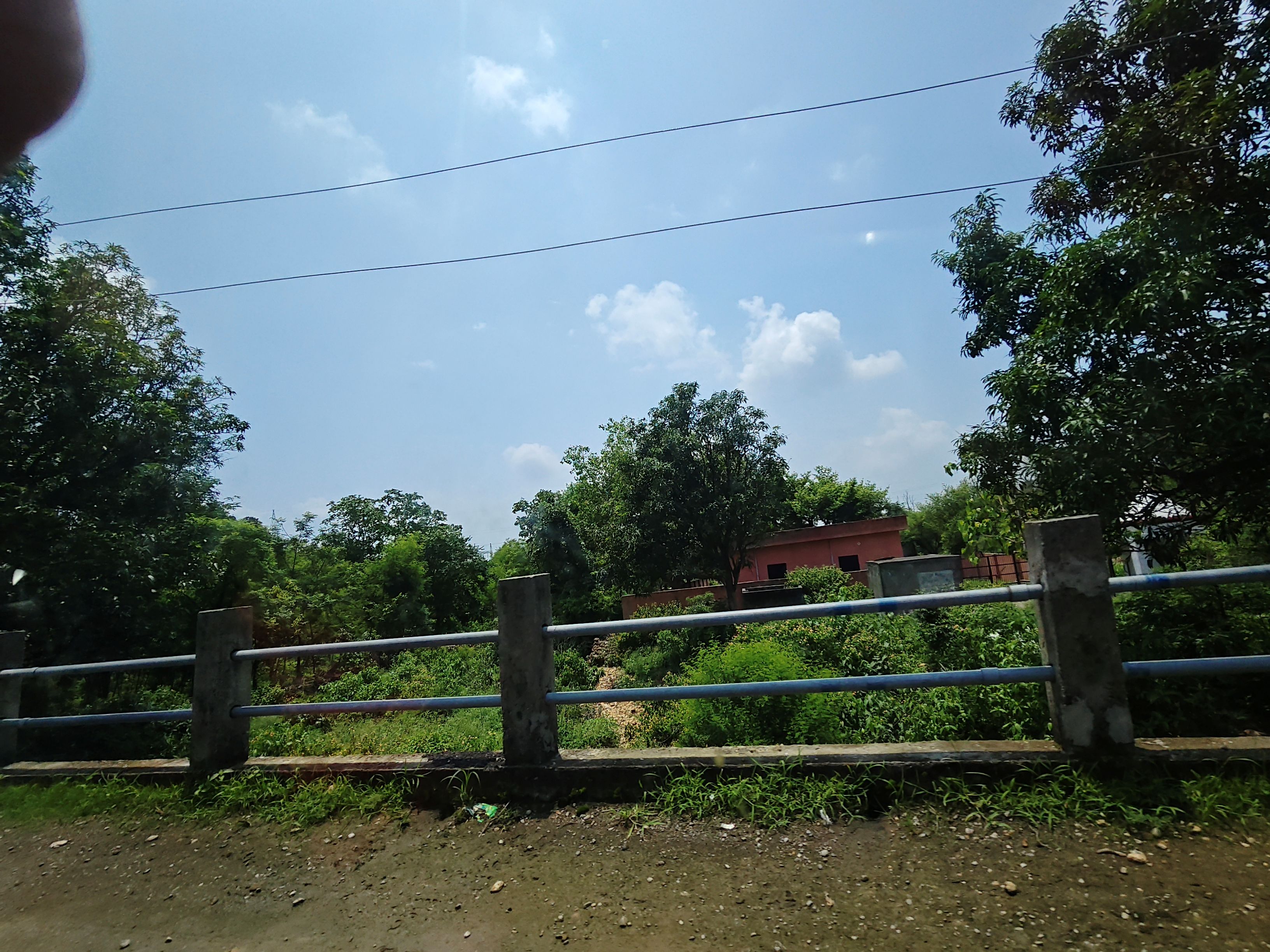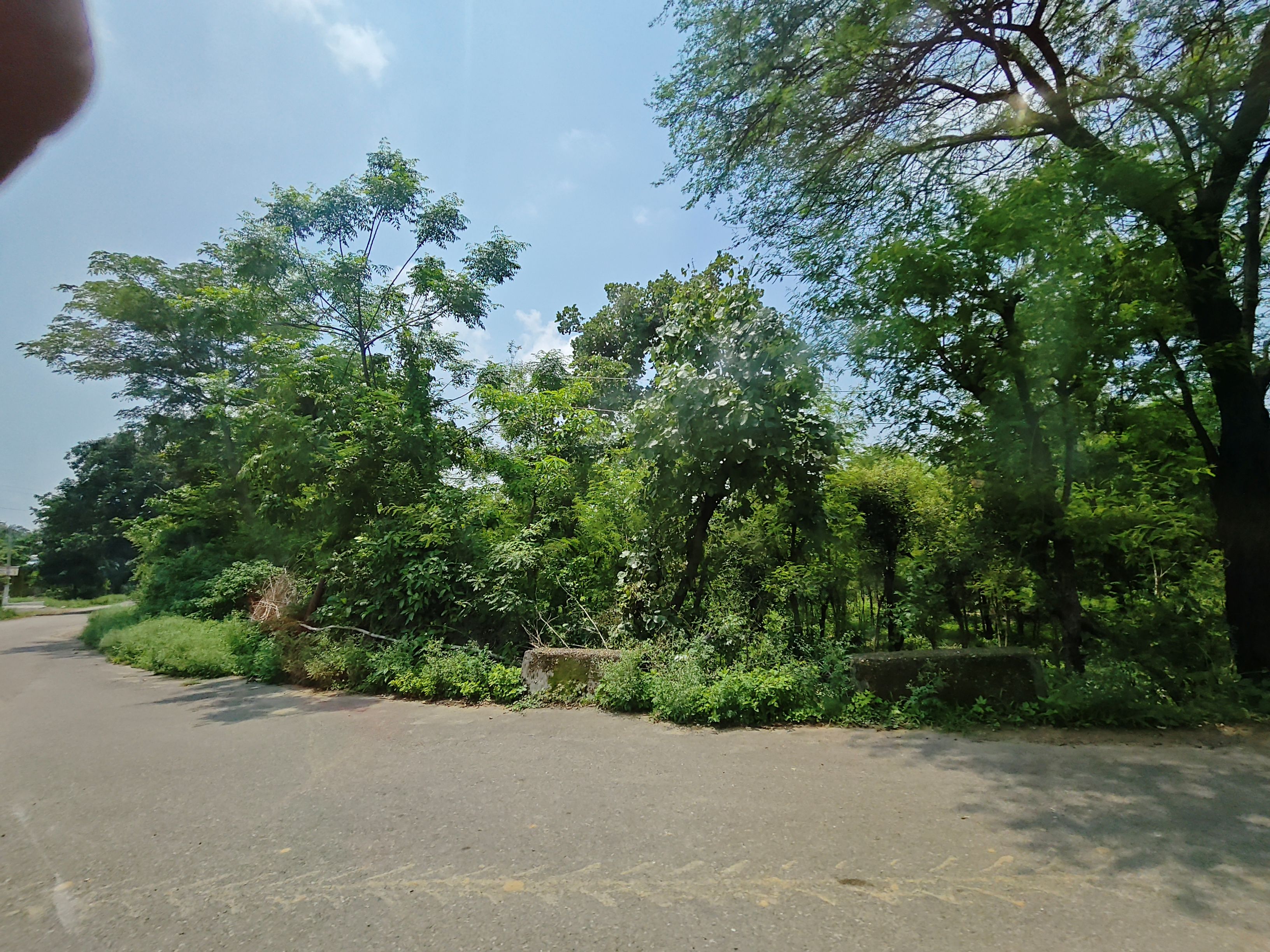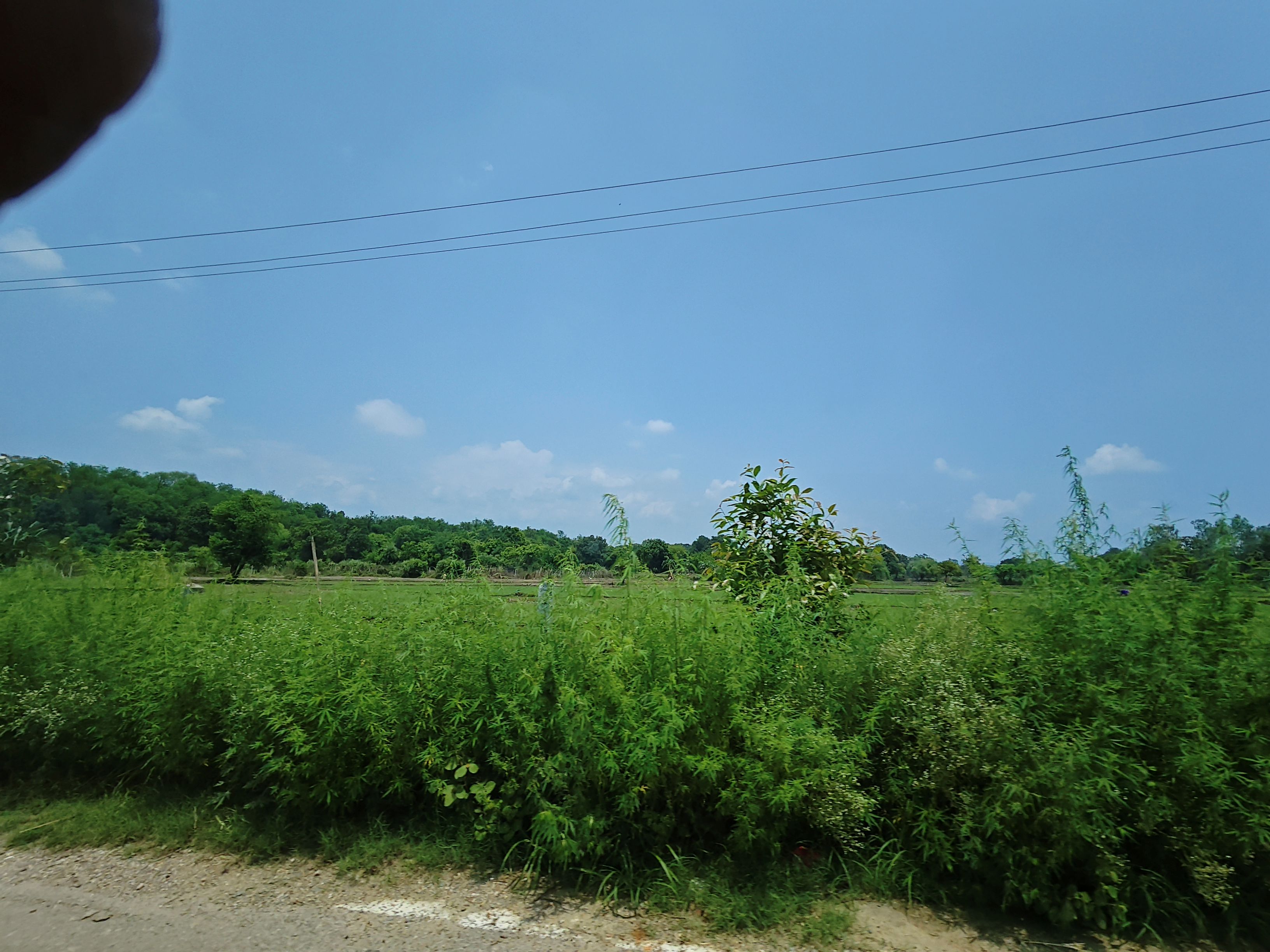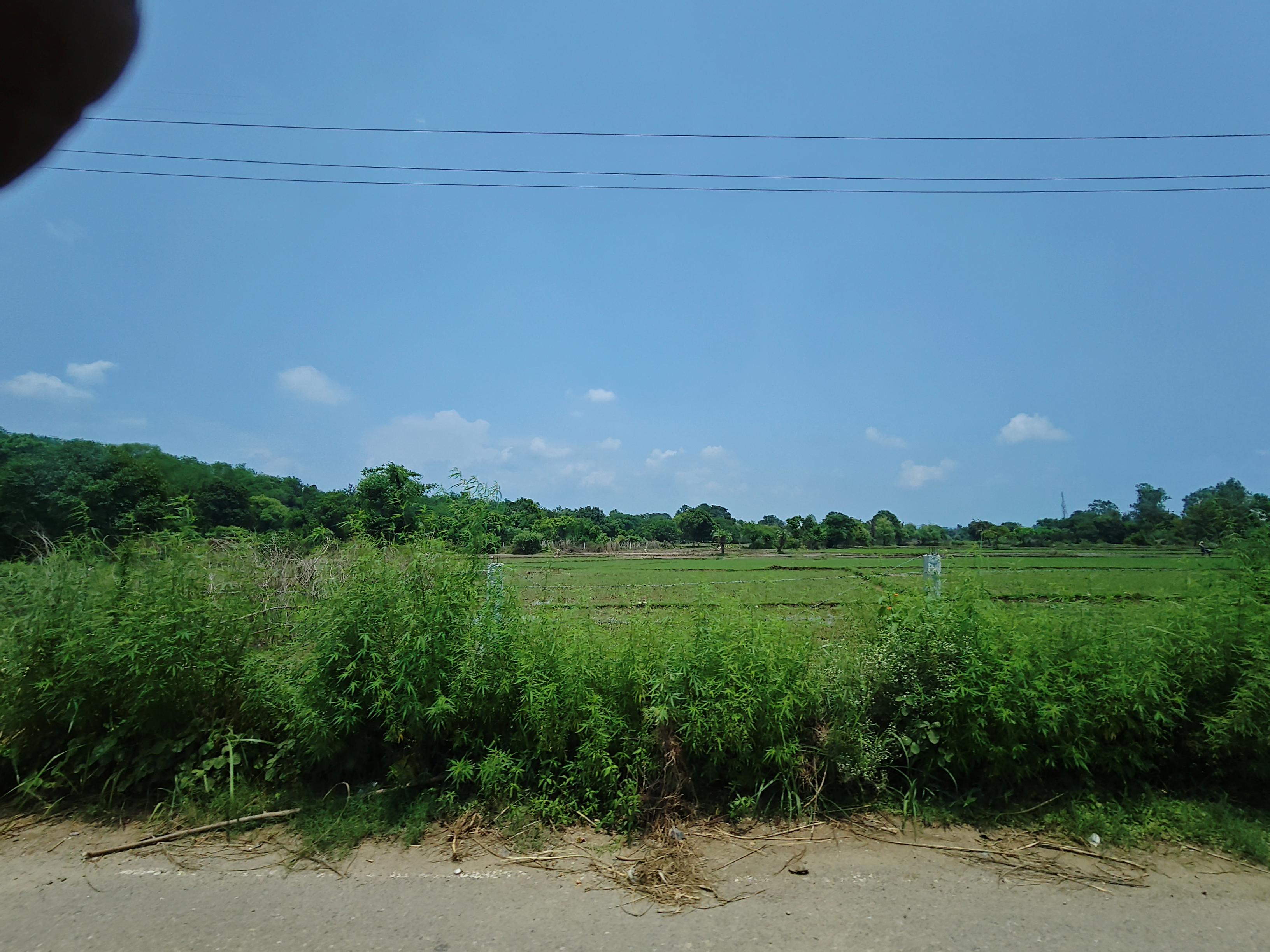Description
Introduction
Bhaiya (Bhayia) Village is a vibrant rural community in the Union Territory of Jammu & Kashmir, known for its relatively high literacy rate and active participation of residents in non-agricultural occupations. As per the 2011 Census, the village is home to 2,145 people living in 427 households, with a balanced social structure and a strong emphasis on education. It offers essential public amenities, including a government primary and middle school, a primary health sub-centre, and reliable road connectivity. Bhaiya is also notable for being the birthplace of Girdhari Lal Dogra, a prominent political leader and former Finance Minister of Jammu & Kashmir, adding to its historical and cultural significance.
Location
Bhaiya (Bhayia) Village is situated in Hiranagar Tehsil of Kathua District in the Union Territory of Jammu & Kashmir, India. It lies approximately 4 kilometres from the town of Hiranagar and is well-connected by local roads to nearby settlements and markets. Geographically, the village is positioned at coordinates 32.4573° N latitude and 75.2896° E longitude, covering an area of about 506 hectares. Its proximity to Hiranagar provides residents with access to administrative offices, higher education institutions, and larger healthcare facilities, while still retaining its rural character.
Religious Significance of Bhaiya
Bhaiya (Bhayia) Village is culturally enriched by the presence of the Bhaiya Waali Maata ka Mandir, a revered temple that serves as the spiritual heart of the community. The mandir is a centre for daily worship and becomes especially vibrant during local festivals, drawing devotees from Bhaiya and neighbouring villages. In addition to the Bhaiya Waali Maata ka Mandir, villagers also visit significant nearby shrines such as Bahu Baba’s Temple and the Amar Pinak Shiv Temple, both located within accessible distance in Hiranagar Tehsil. These sites collectively form a network of religious landmarks that not only support the devotional life of Bhaiya’s residents but also strengthen their cultural and social connections across the region. Together, they reflect the village’s role in sustaining traditional worship practices while fostering a sense of shared heritage.
Historical Roots and Spiritual History
Bhaiya village boasts a rich historical legacy that stretches back several centuries, with oral traditions and local folklore preserving its past. The settlement is believed to have been established by early agrarian communities who were drawn to the fertile lands and natural water sources in the region. Over time, Bhaiya evolved into not just an agricultural hub but also a cultural and spiritual center, influenced by the traditions of Jammu’s broader historical landscape. The village’s history is closely intertwined with regional trade routes, seasonal festivals, and the growth of religious institutions, which have collectively shaped its identity and heritage.
Bhaiya’s spiritual heritage is deeply tied to the revered Bhaiya Waali Mata Ka Mandir, a shrine that has been a focal point of devotion for generations. Local lore speaks of the temple’s divine origins and the blessings attributed to the goddess, drawing pilgrims from surrounding regions. Seasonal fairs and rituals held here have long served as both religious gatherings and community celebrations, embedding the temple in the spiritual fabric of the village.
Agricultural Heritage and Seasonal Festivals
Bhaiya’s fertile lands have long supported a thriving agricultural tradition, with wheat, rice, and seasonal vegetables forming the backbone of local livelihoods. Farming practices here blend age-old wisdom with modern techniques, passed down through generations. The agricultural calendar shapes village life, with festivals like Makar Sankranti and Baisakhi marking sowing and harvest seasons. These occasions are celebrated with communal feasts, folk songs, and traditional dances, reflecting gratitude for nature’s bounty.
Cultural Traditions and Community Life
Bhaiya’s social fabric is rich with customs passed down through generations, where hospitality, respect for elders, and collective responsibility form the core of daily life. The village thrives on close-knit relationships, with neighbors acting as extended family. Community gatherings at temples, evening chaupals, and panchayat meetings are not only places for decision-making but also for sharing stories, songs, and laughter. Seasonal fairs and folk performances—featuring music, dance, and storytelling—keep cultural heritage alive while offering younger generations a sense of identity and belonging. Handicrafts, traditional attire, and local cuisine reflect the area’s unique character, ensuring that the rhythm of life here remains in harmony with both its people and its ancestral roots.
Traditional Crafts and Arts
The village takes pride in its time-honored crafts and artistic expressions, which have been passed down through generations. Local artisans are skilled in weaving, pottery, woodwork, and intricate embroidery, each piece reflecting the cultural identity of the community. Folk paintings and decorative motifs often draw inspiration from religious tales, seasonal changes, and local flora and fauna. These crafts are not only a means of livelihood but also a medium for preserving the village’s heritage. During festivals and fairs, residents showcase their handiwork, turning the village into a vibrant hub of colors, patterns, and creativity. The strong tradition of oral storytelling, folk songs, and dance further enriches the cultural landscape, ensuring that art remains deeply woven into everyday life.
Community and Livelihoods
Bhaiya thrives on an ethos of cooperation, where extended family systems and neighborly bonds nurture a strong social fabric. While agriculture remains important—primarily wheat, vegetables, and dairy—a significant number of villagers engage in non-agricultural work such as small-scale trade, daily-wage labor, and services in nearby towns like Hiranagar. Weekly markets act as vibrant hubs for both commerce and camaraderie, allowing villagers to exchange goods, share news, and reinforce social ties through informal interactions.
Local governance—through village panchayats and communal gatherings—plays a vital role in decision-making and conflict resolution. This communal decision-making reflects the village’s reliance on collective wisdom and shared responsibility, further enhancing social resilience.
Sustainability and Conservation Efforts
Bhaiya’s way of life shows sustainable underpinnings rooted in tradition. Seasonal agriculture such as crop rotations and organic composting helps maintain soil fertility. Household-level practices—like conserving water, avoiding excessive chemical use, and managing waste sustainably—also contribute to preservation of the natural environment.
The presence of small green patches and communal roadside trees supports local biodiversity, improves shade, and enriches the rural landscape. Schools and village assemblies occasionally address eco-awareness topics like plastic reduction and water conservation, blending old wisdom with a growing environmental consciousness.
Education and Skill Development
Bhaiya is served by two key government schools:
· Govt. Primary School (GPS Bhaiya): Classes I–V, with a favorable student-teacher ratio thanks to its intimate setting.
· Govt. Middle School (MS Bhaiya): Classes I–VIII, offering basic facilities such as a library and mid-day meals, though advanced facilities like computer labs are absent.
Beyond village borders, secondary schools in Hiranagar and Sallan cater to higher education, and colleges in Hiranagar and Jammu offer further academic pathways.
While no formal vocational training centers exist within Bhaiya, access to workshops and training in nearby towns provides opportunities for developing skills like tailoring, carpentry, or agricultural improvements. Government schemes—especially those targeting rural women and youth—and mobile learning programs also offer indirect avenues for educational advancement.
Sports and Recreational Activities
Many traditions are deeply rooted in their life. Local children and youth likely play informal matches of cricket, kabaddi, or football in open spaces.
Even without structured clubs, communal games and creative performances bind inhabitants across age groups, offering both leisure and shared cultural experience. These activities strengthen local identity and bring vitality to village life.
Healthcare in Bhaiya
Primary Health Facilities
Bhaiya has access to essential local medical services through a Primary Health Sub-centre located within or very close to the village, along with a Maternity & Child Welfare Centre, TB Clinic, Dispensary, and a Veterinary Hospital. These facilities address routine healthcare needs—such as maternal-child care, vaccinations, general ailments, and livestock health—typically within a radius of up to 5 km.
Secondary Health Facilities
For more comprehensive medical care, residents typically rely on nearby Sub-District Hospitals (CHCs) especially the CHC in Hiranagar, approximately 4–5 km away. This center provides services in general medicine, general surgery, obstetrics & gynaecology, emergency care, and pediatric treatment.
Tertiary & Specialized Care
For advanced diagnostics and specialized treatment, the District Hospital in Kathua serves as the primary referral center. Additionally, private hospitals like the Gupta Hospital & Research Centre, equipped for cardiology, orthopaedics, ophthalmology, and more, are accessible by road for residents seeking comprehensive treatment
Photos
Location Map
Contact Information
| Address |
Hiranagar Tehsil, Kathua District |
| Phone Number |
9541942069 |
| Website | https://jkpanchayat.jk.gov.in/panchayatdataview.php?block=Hiranagar&panchayat=Kootah |

